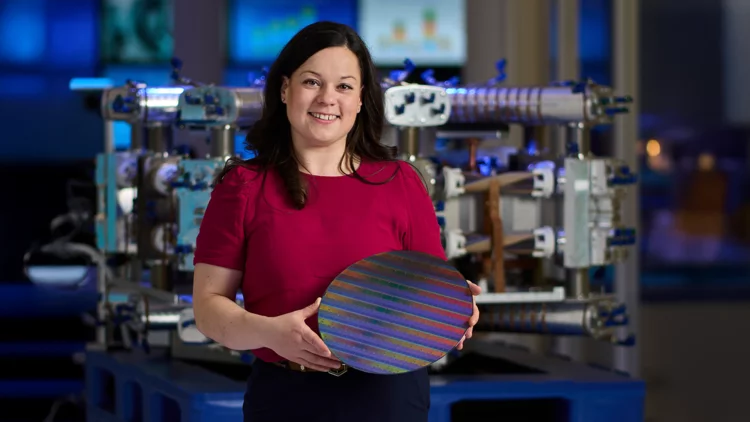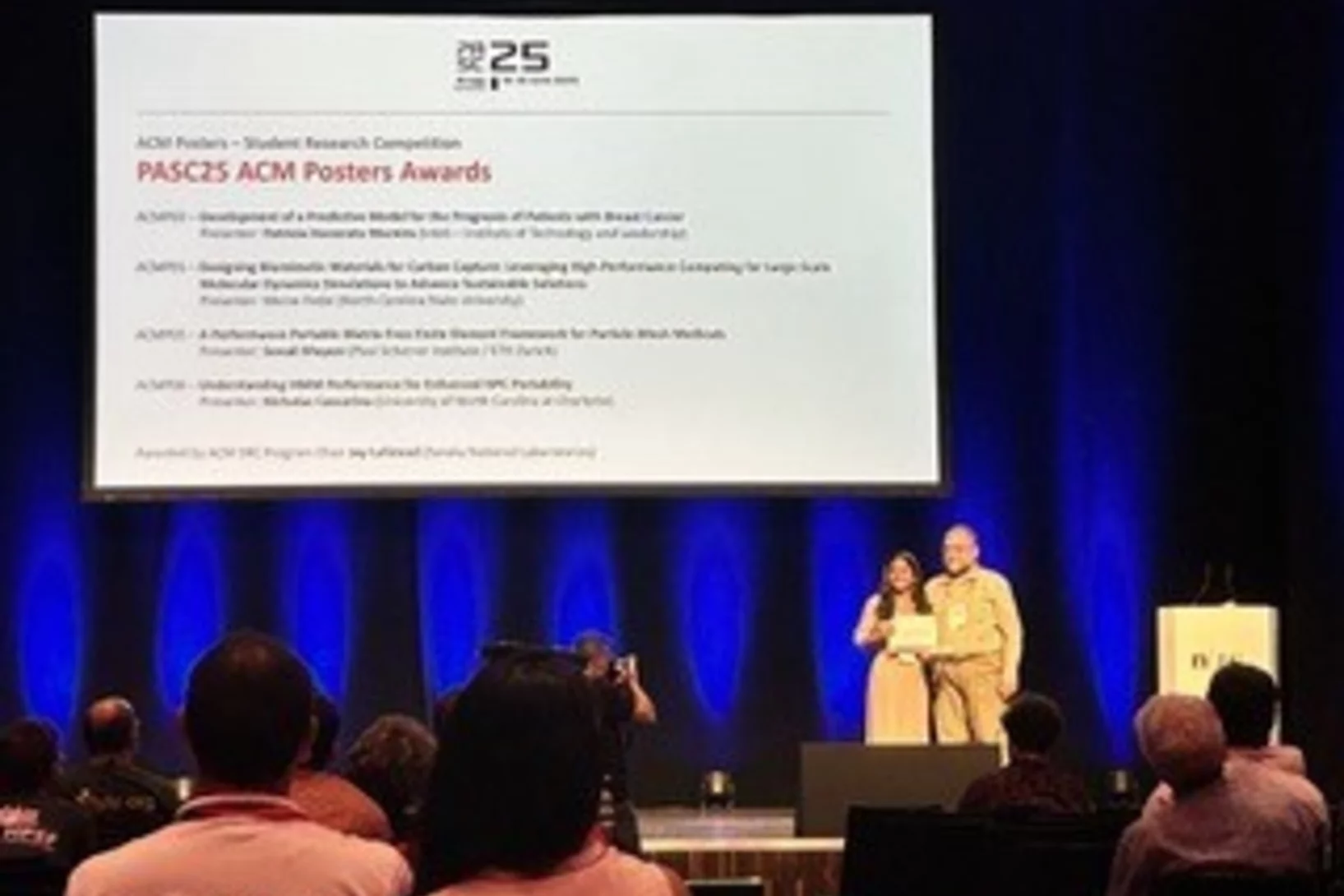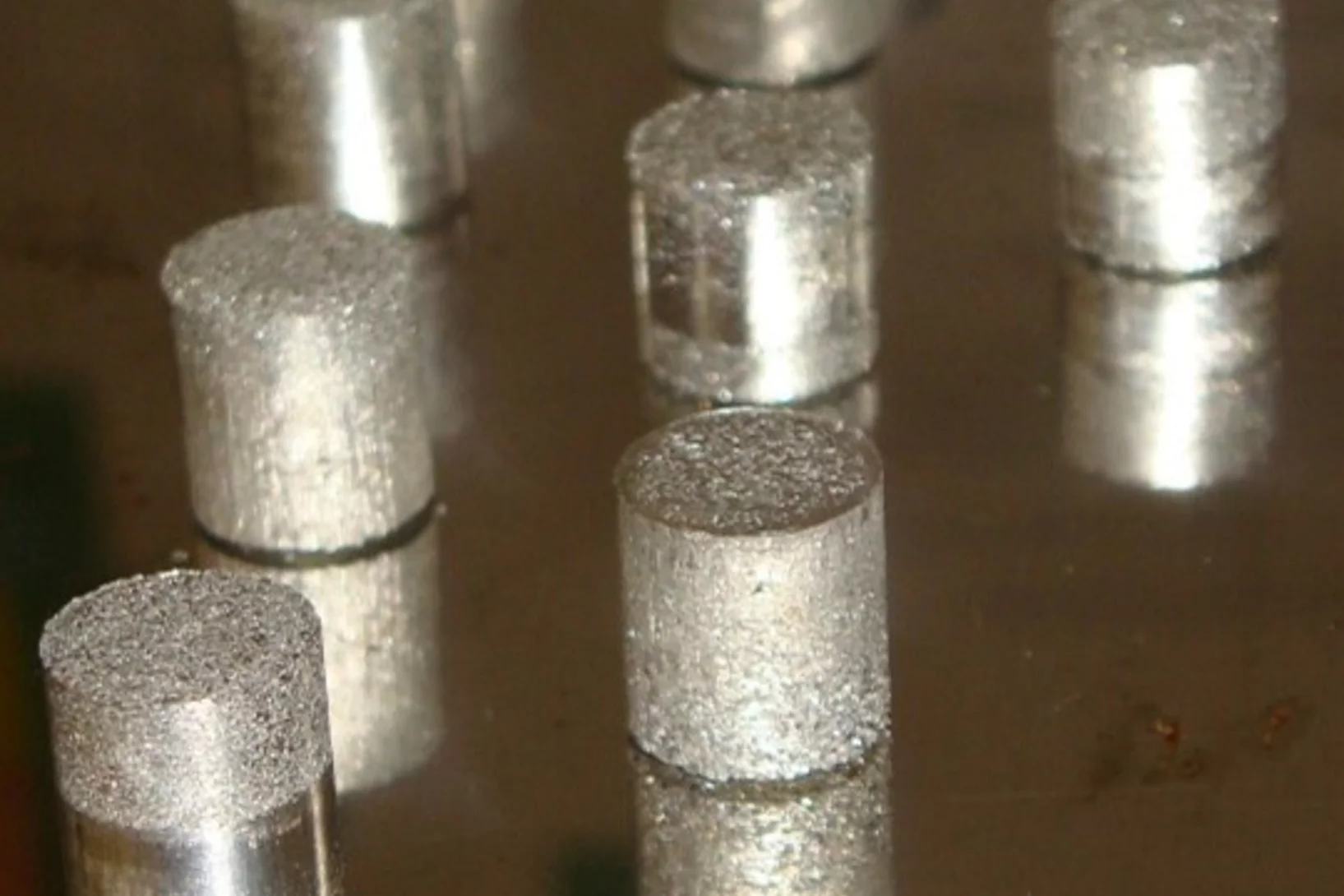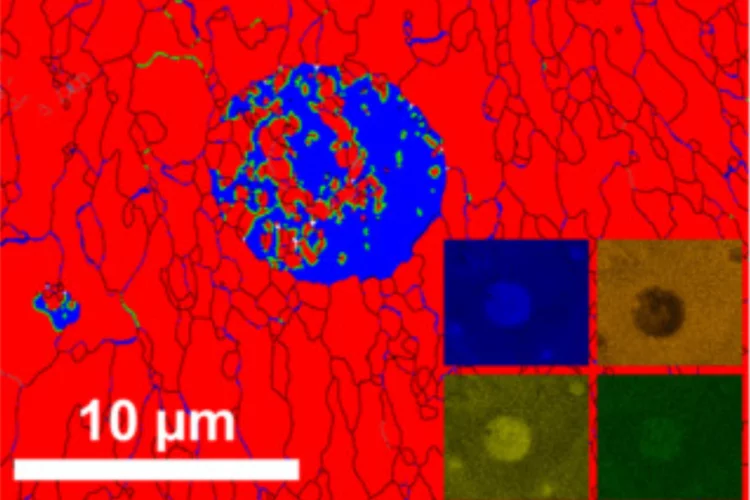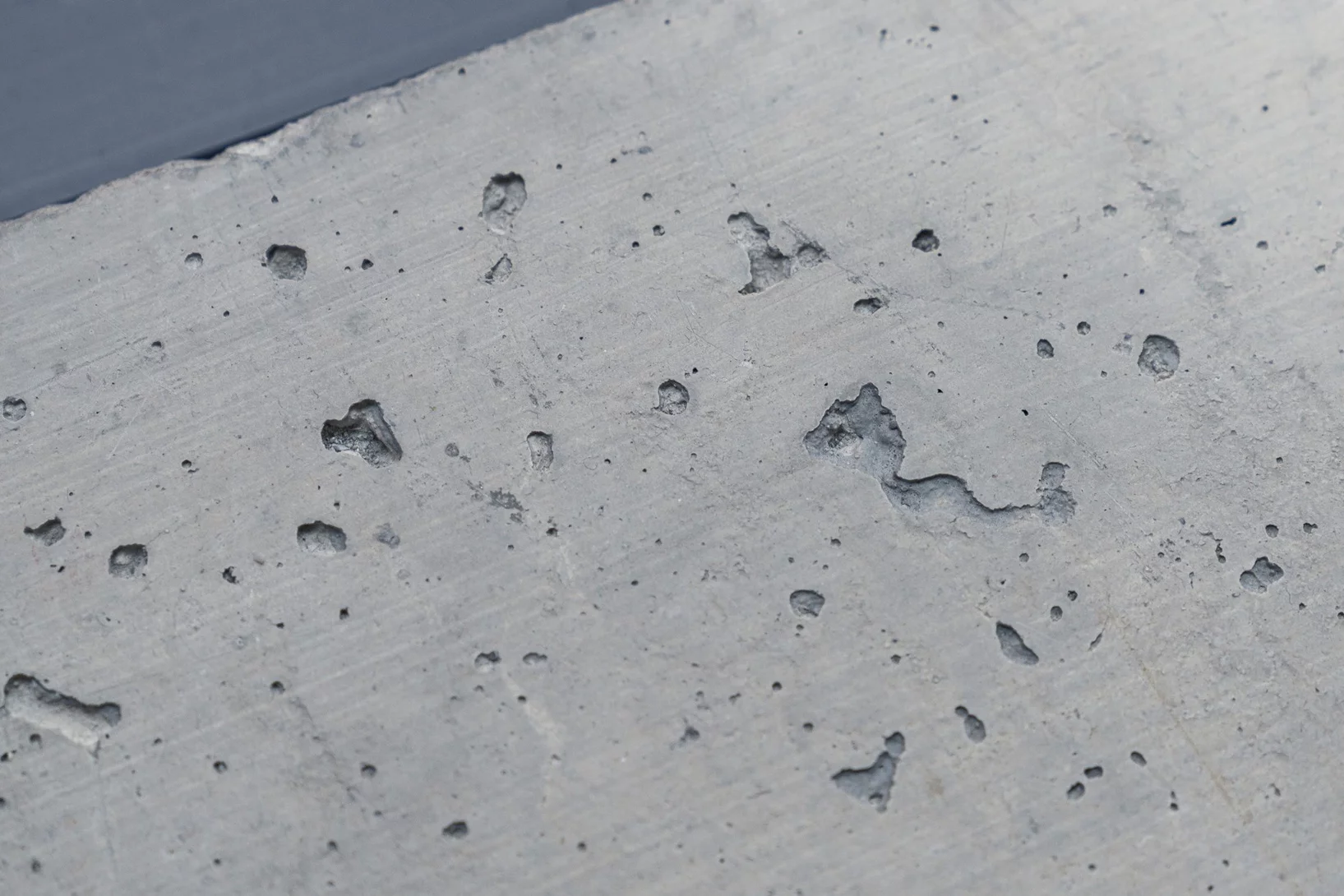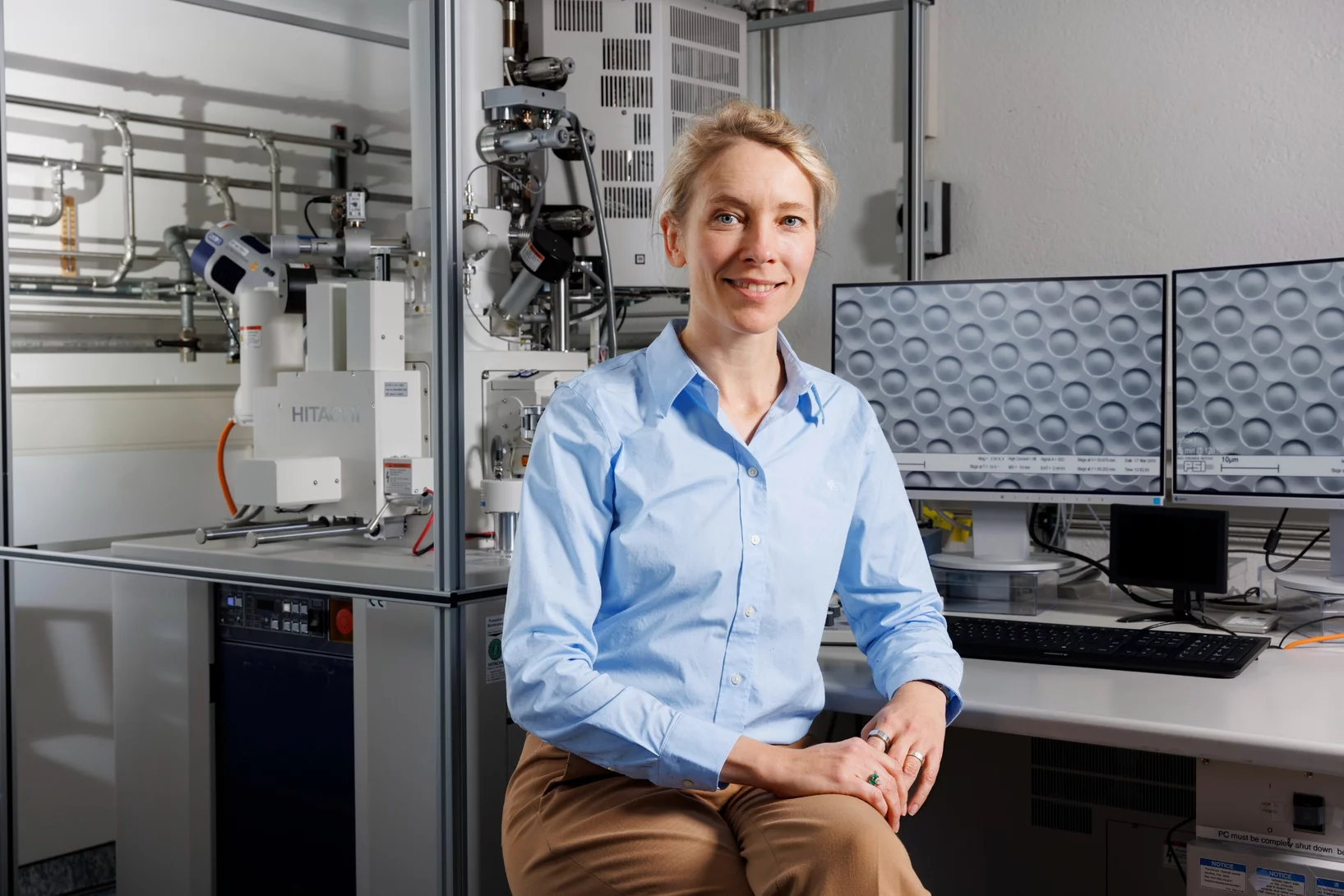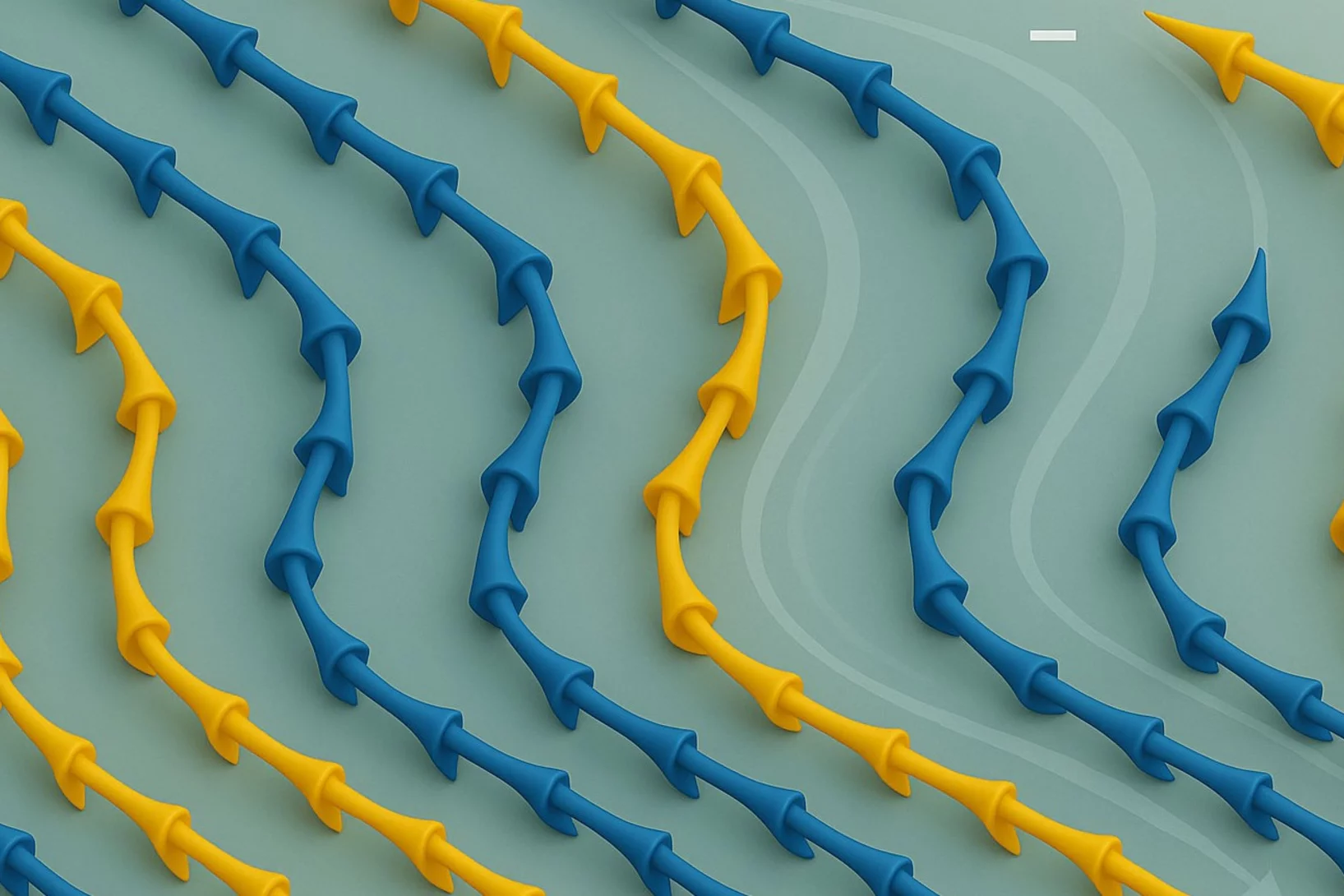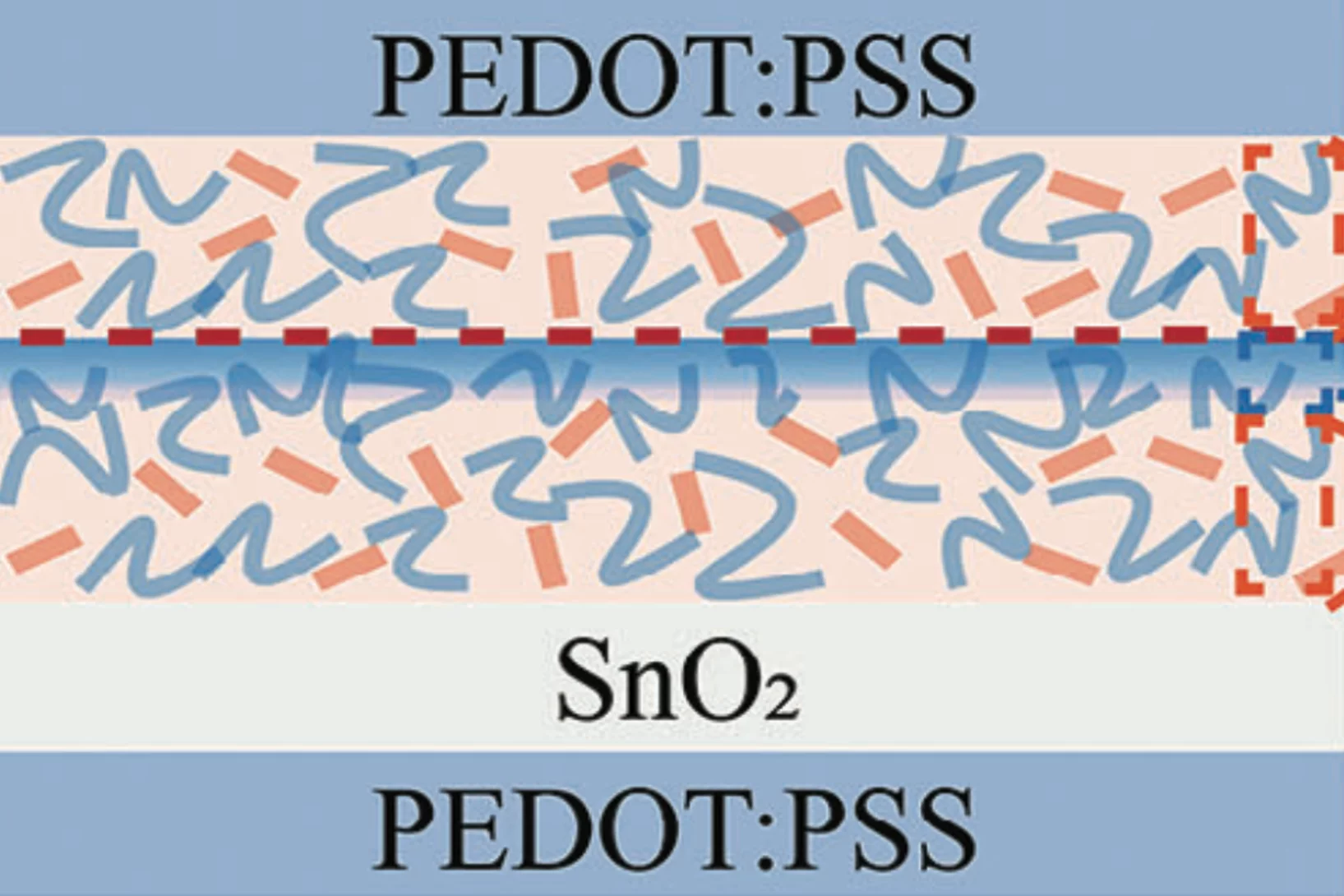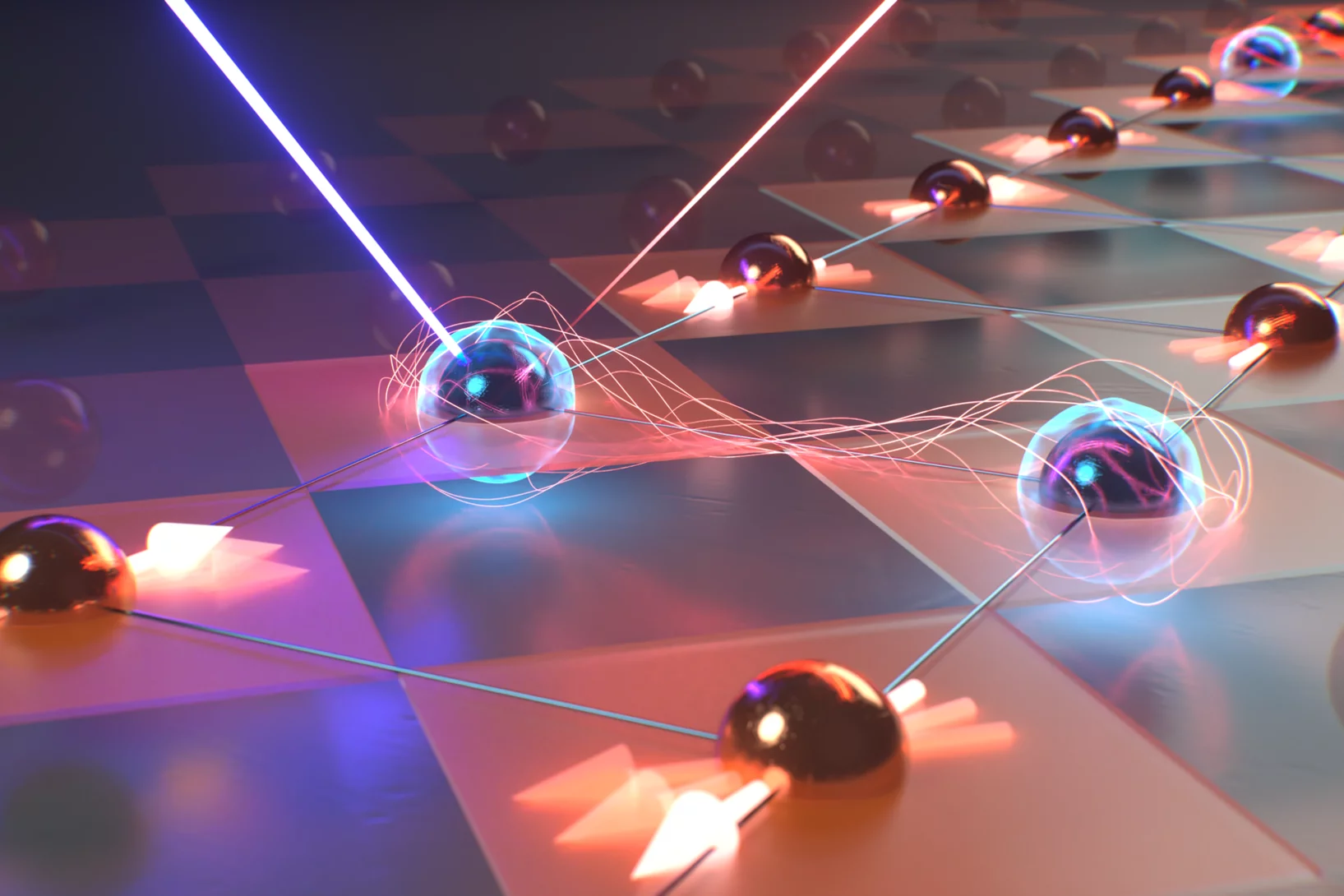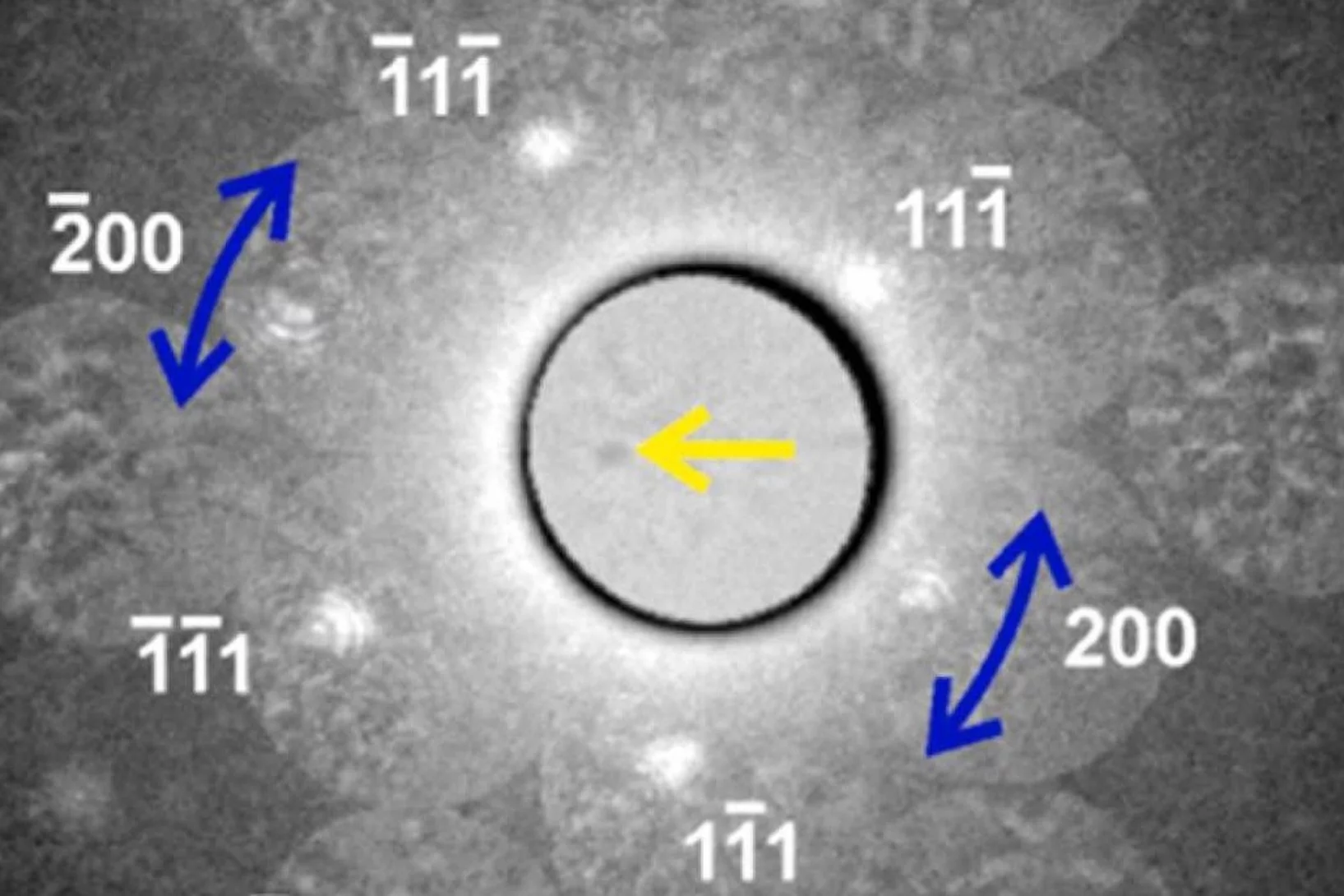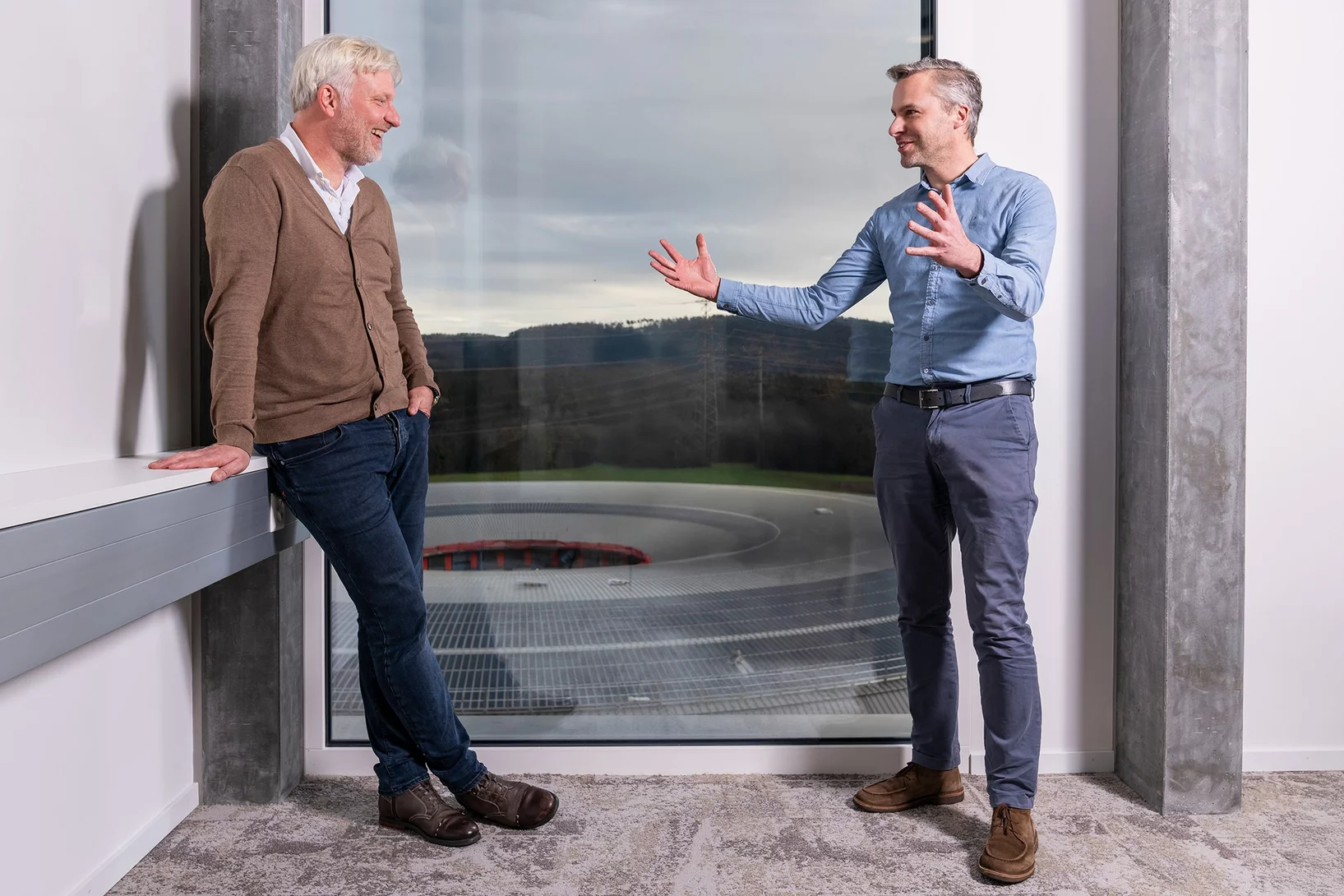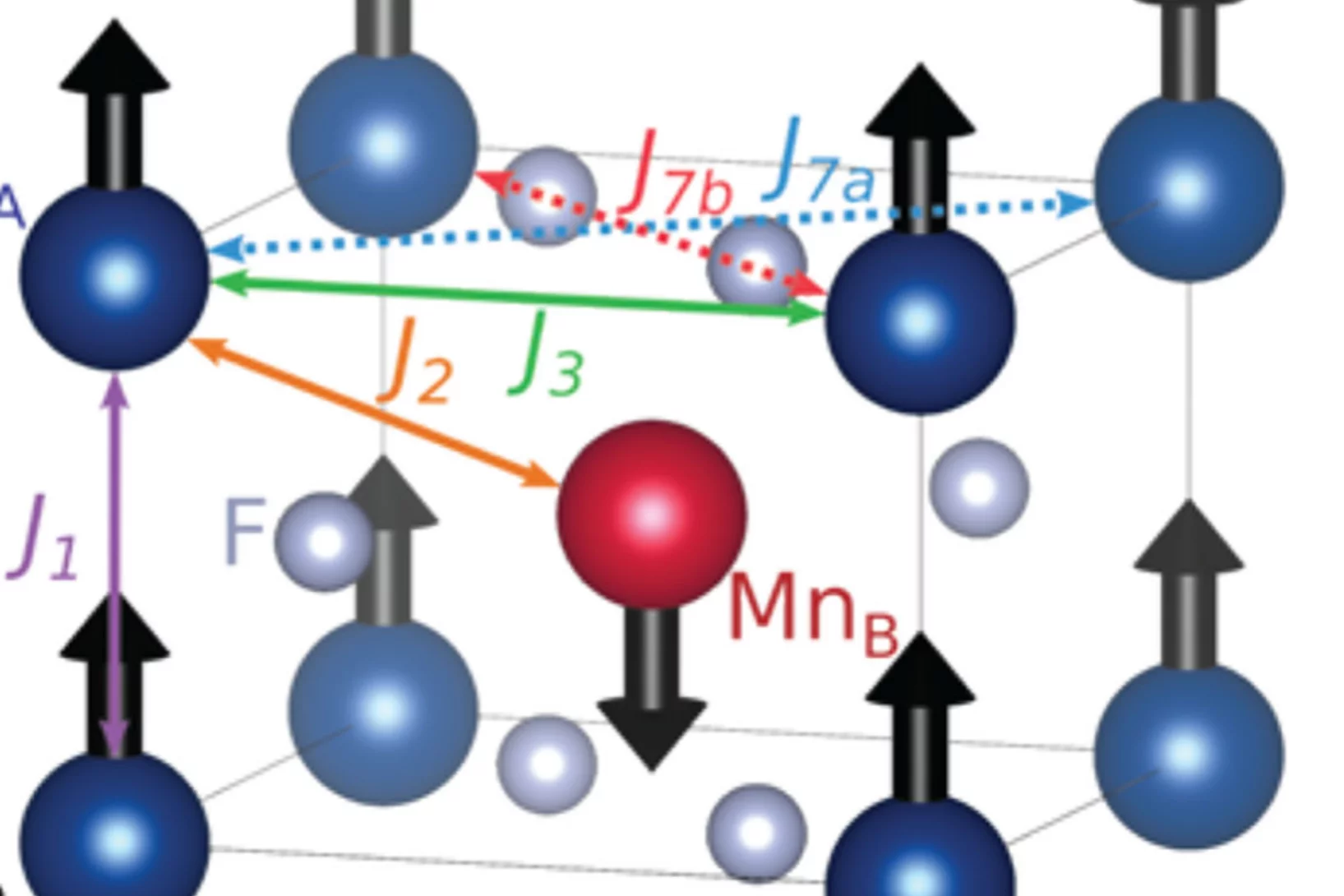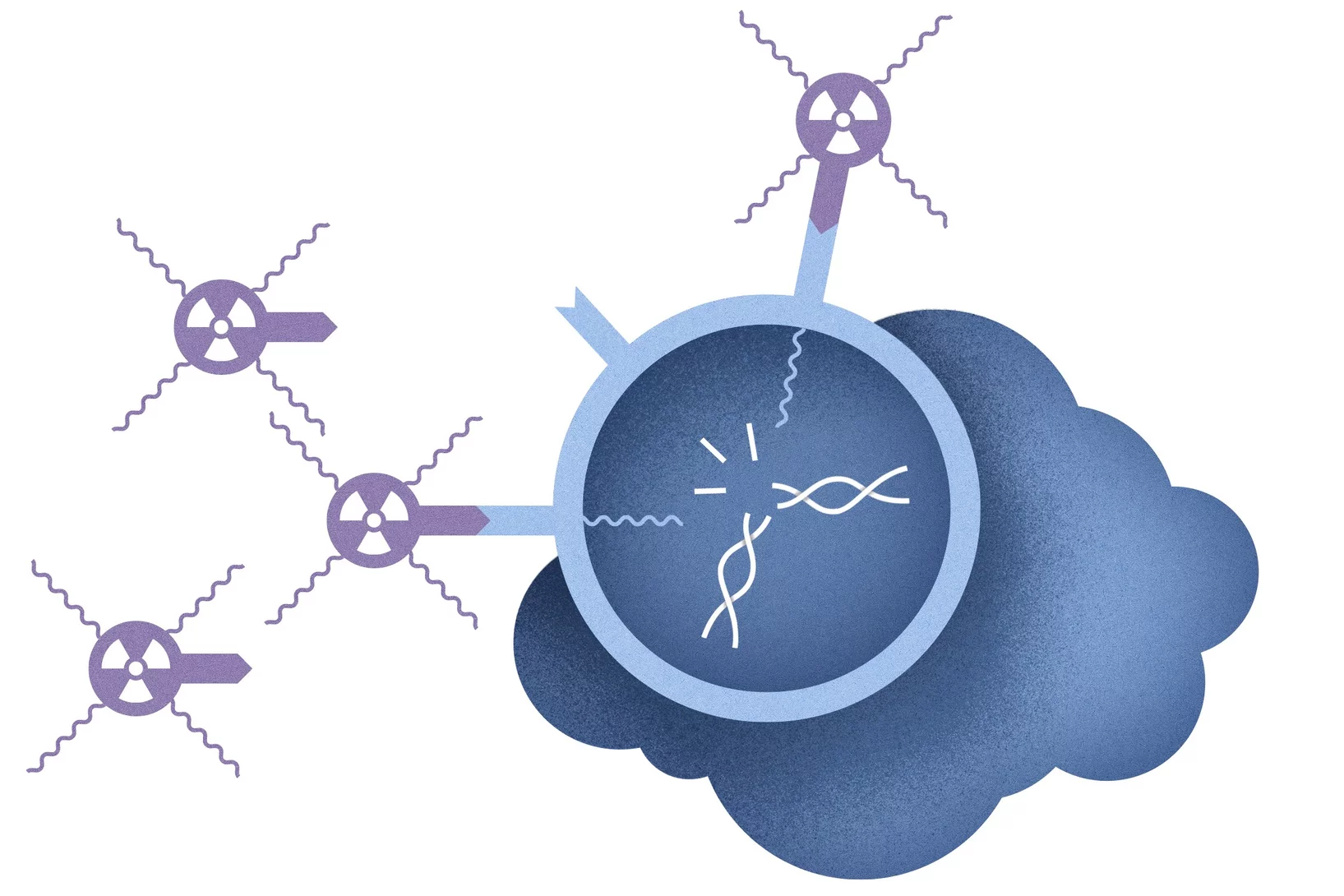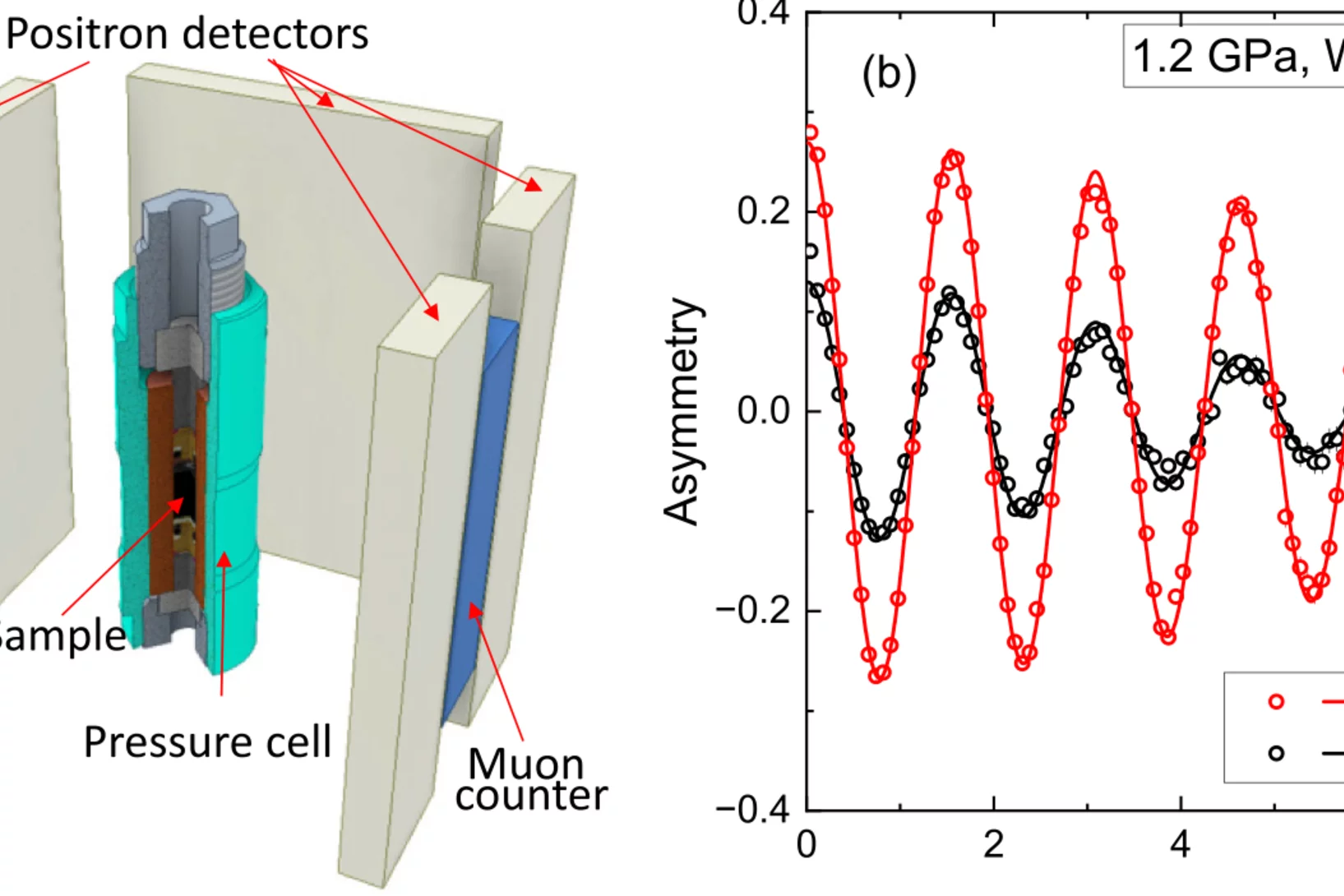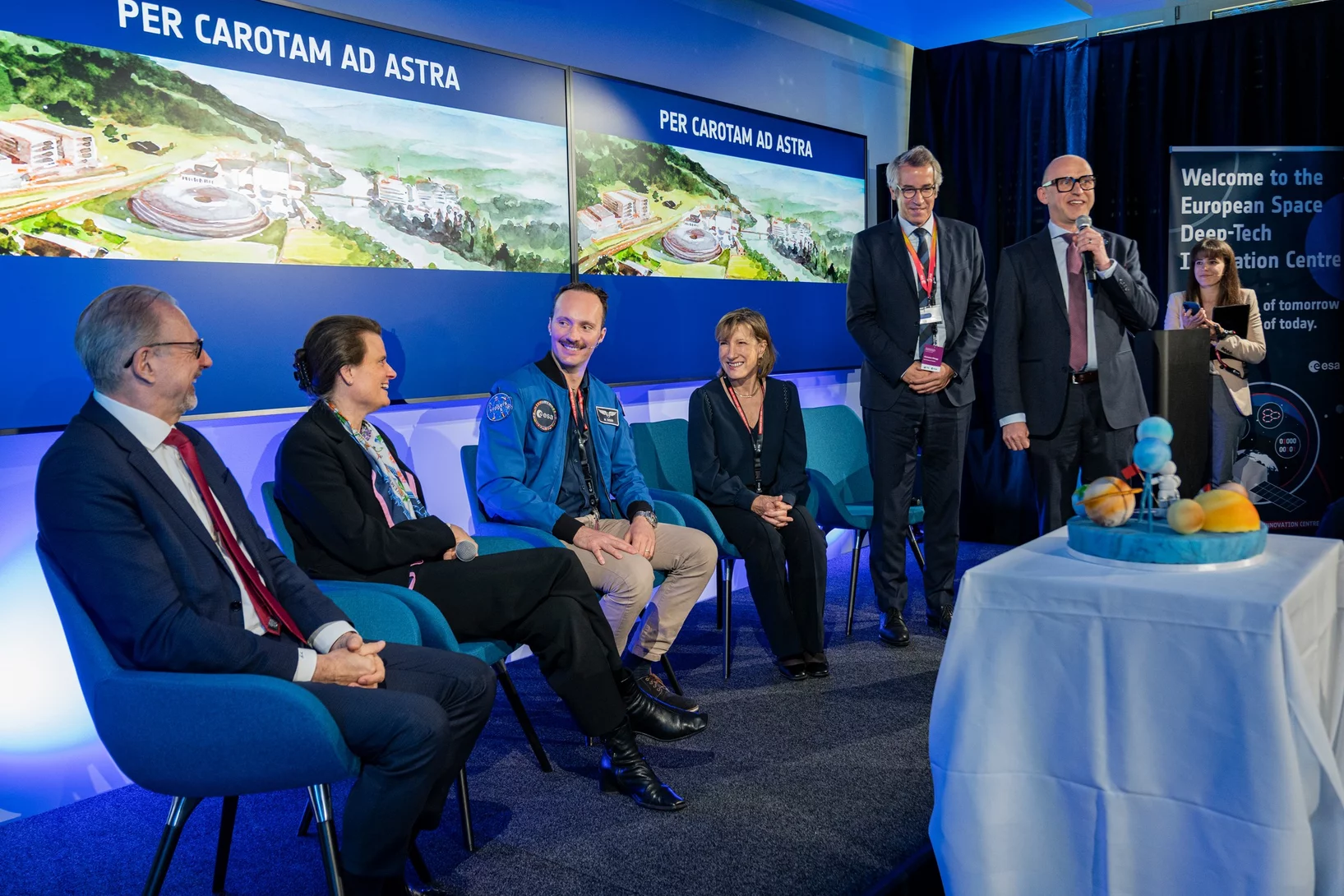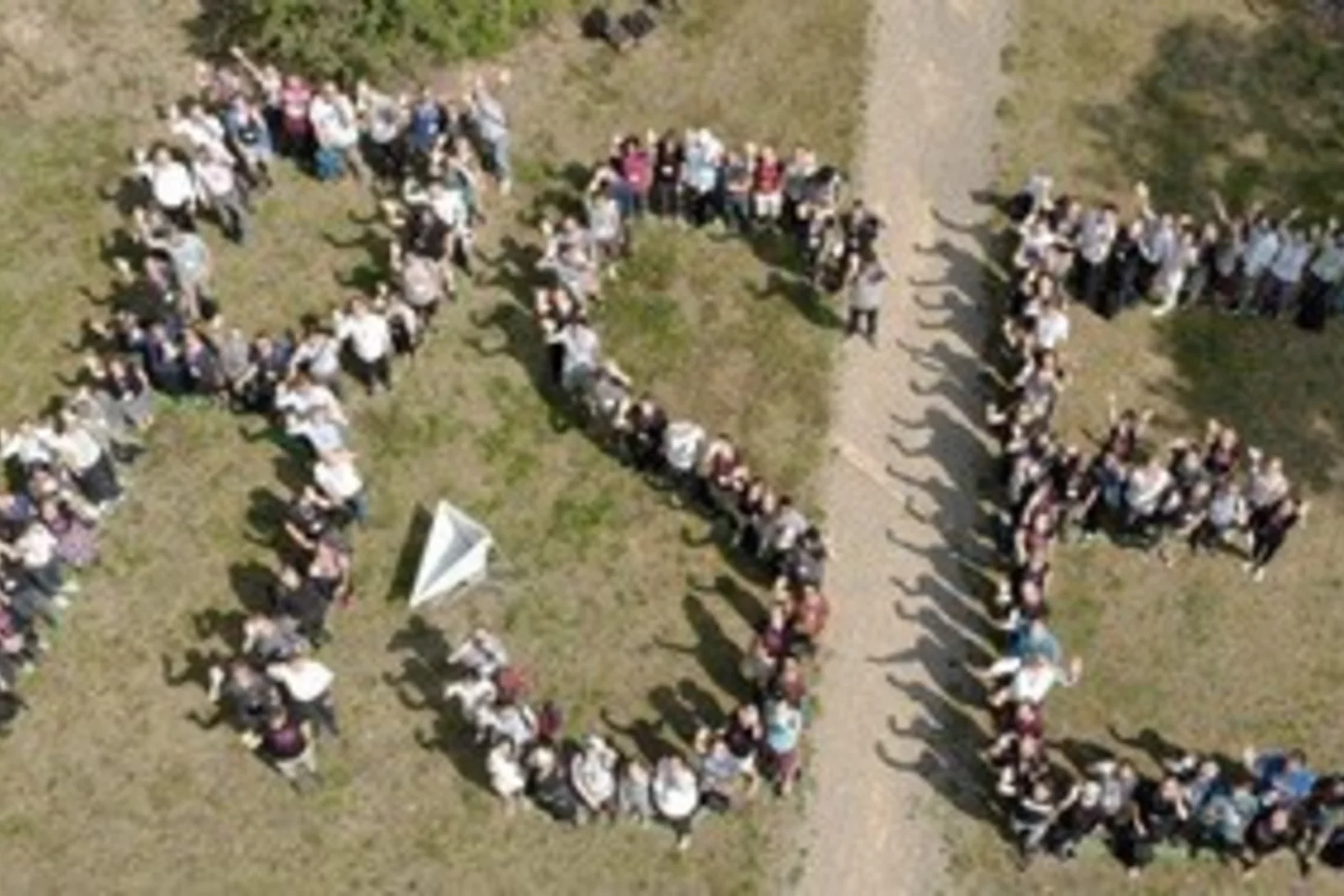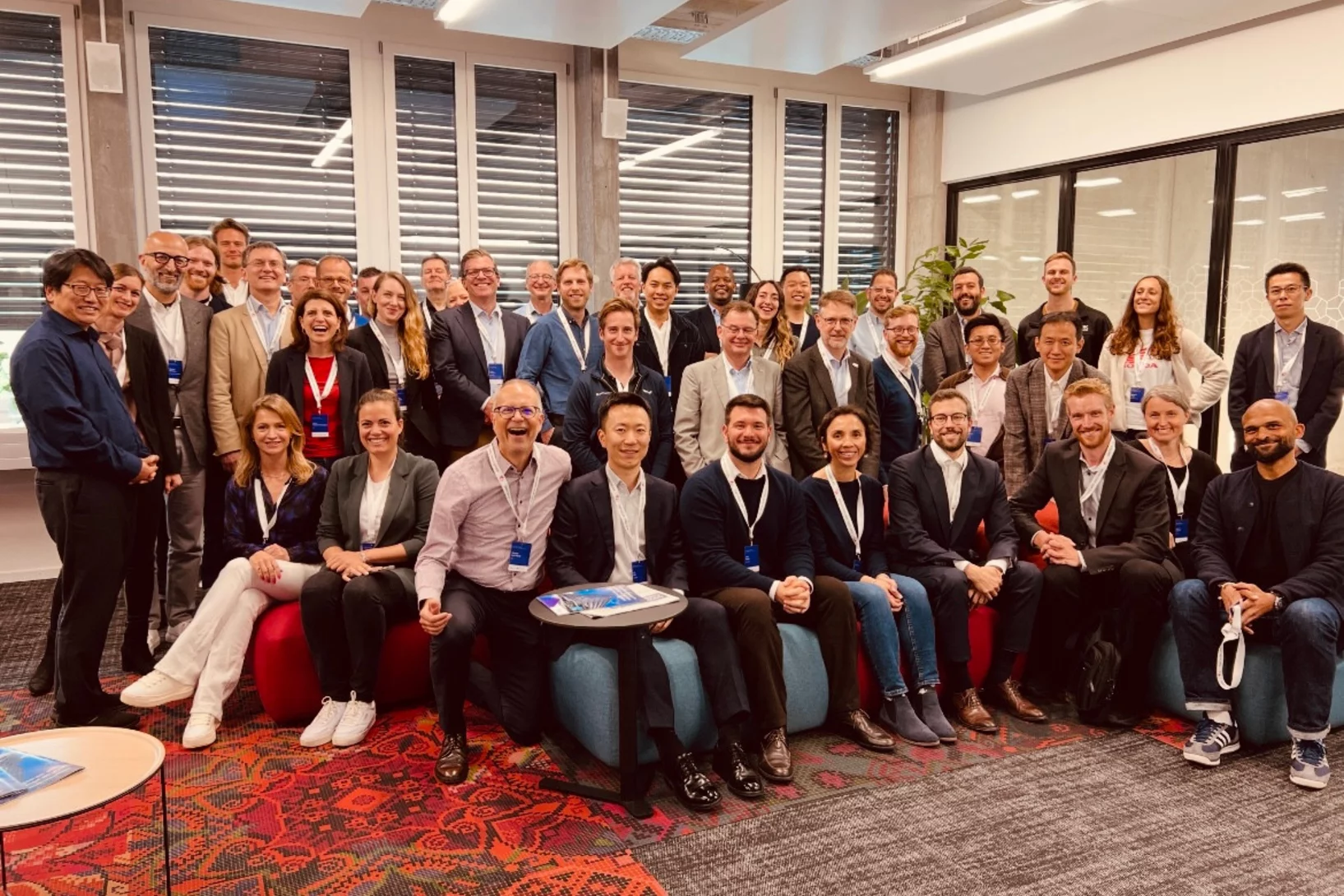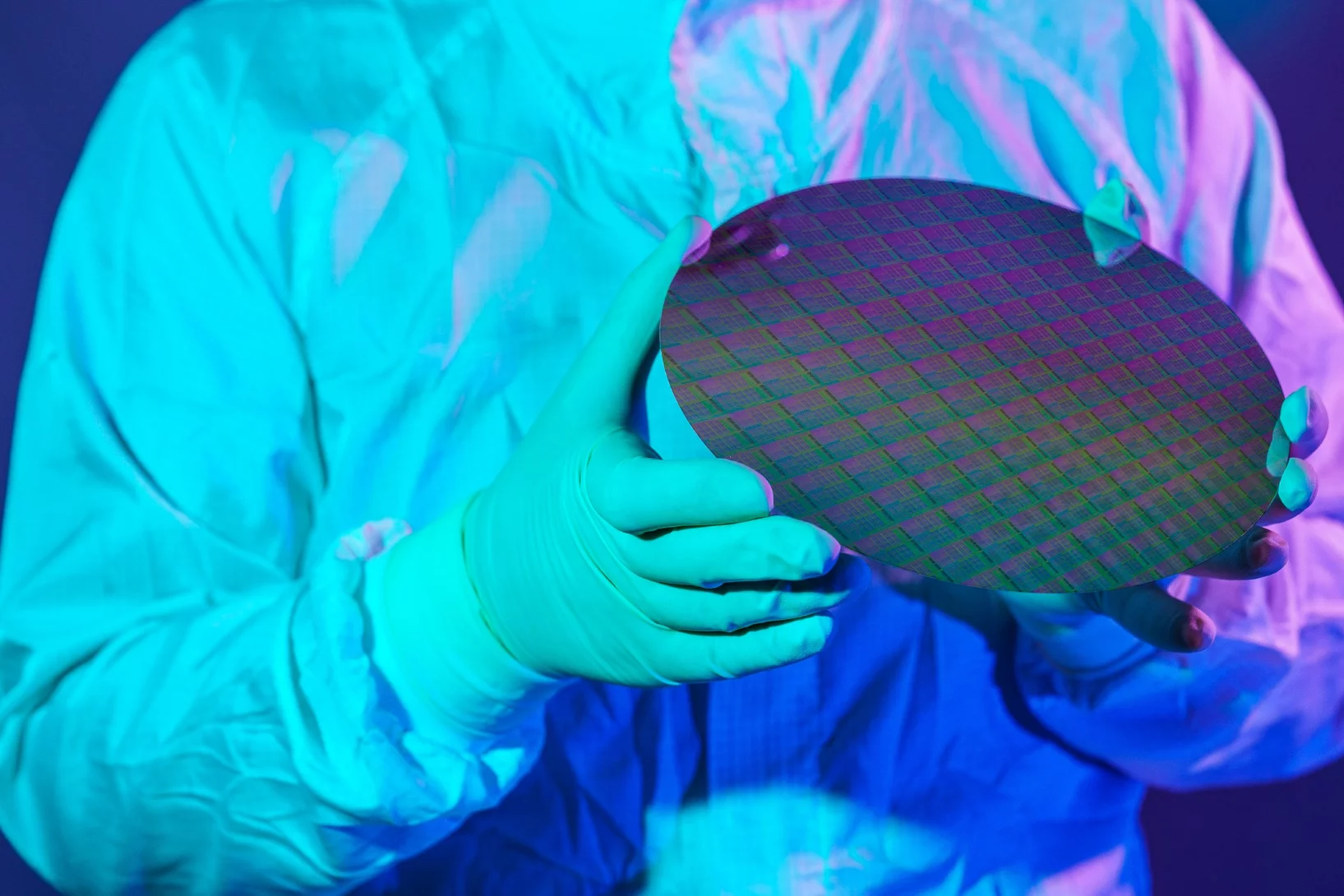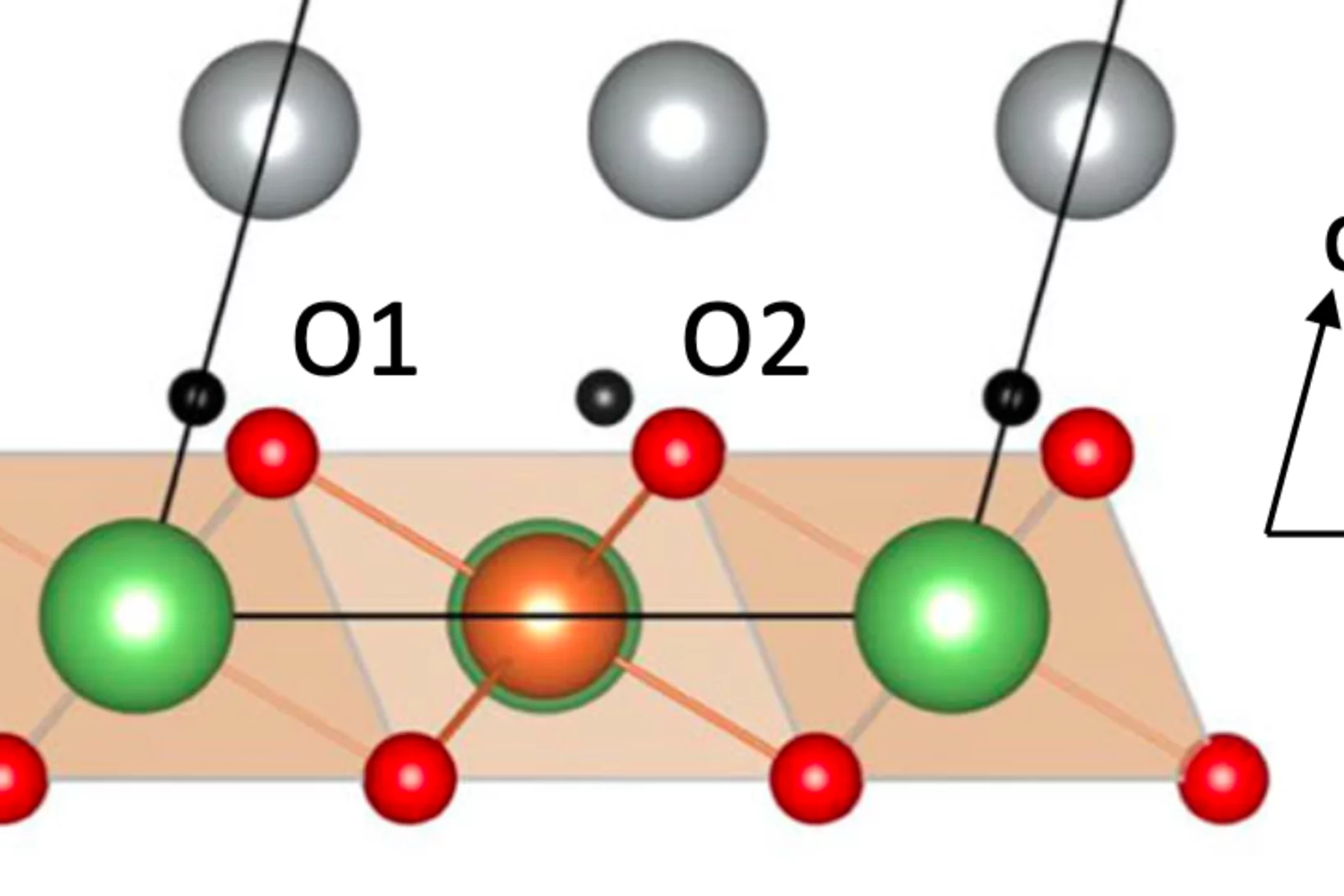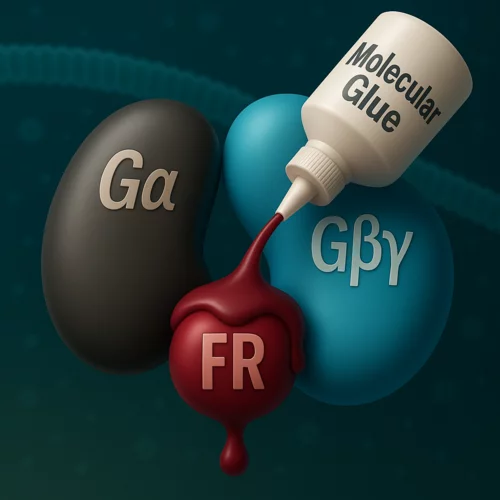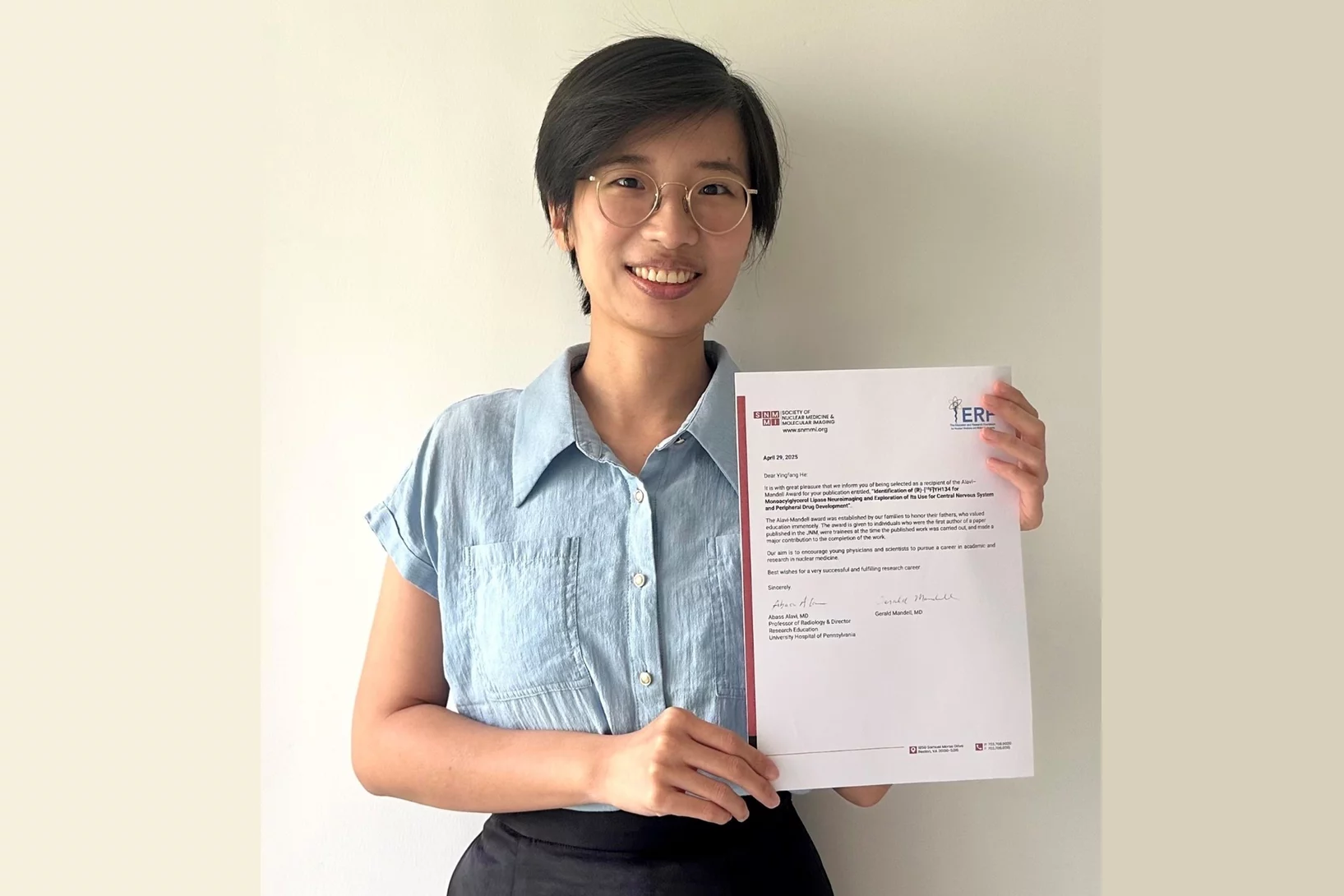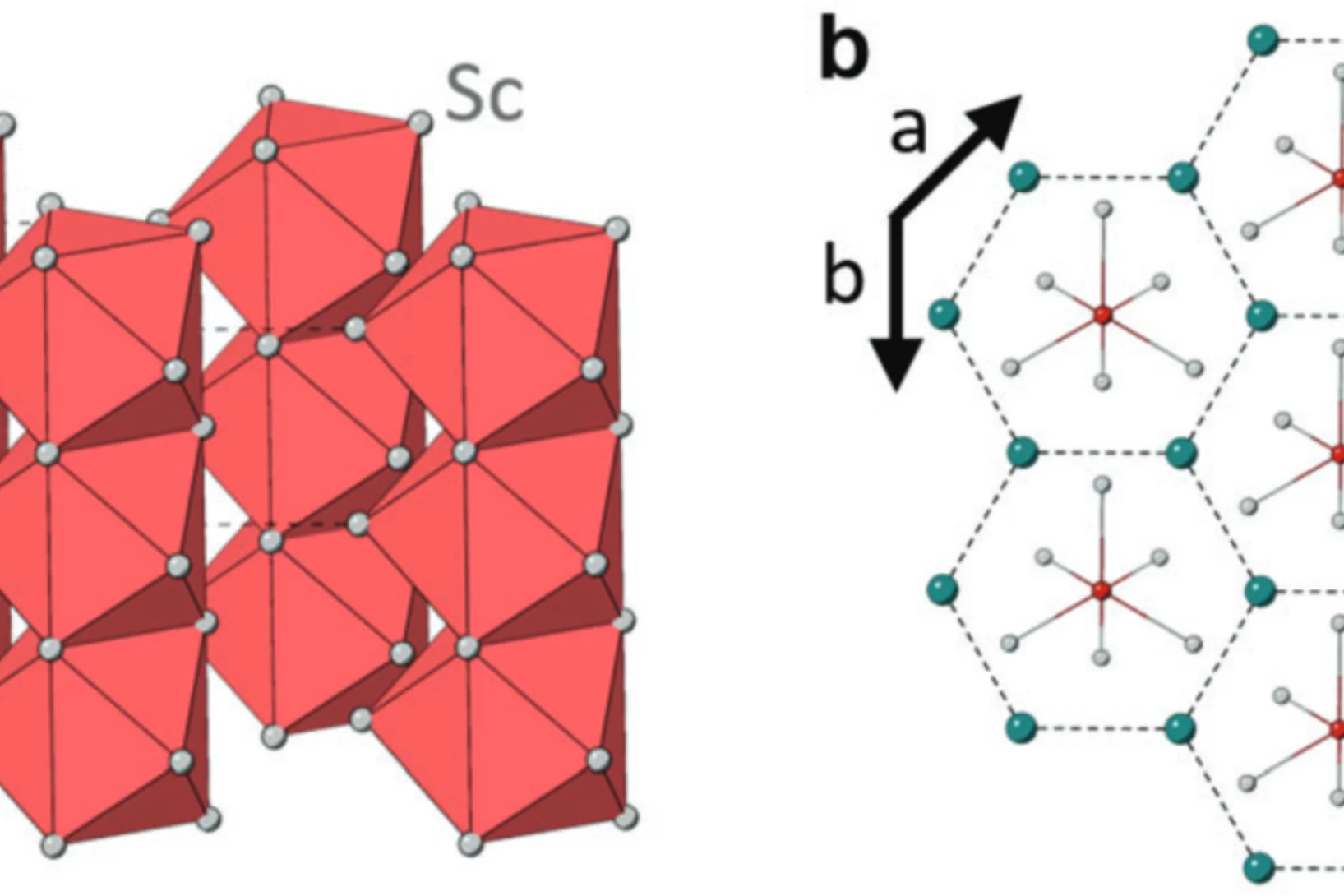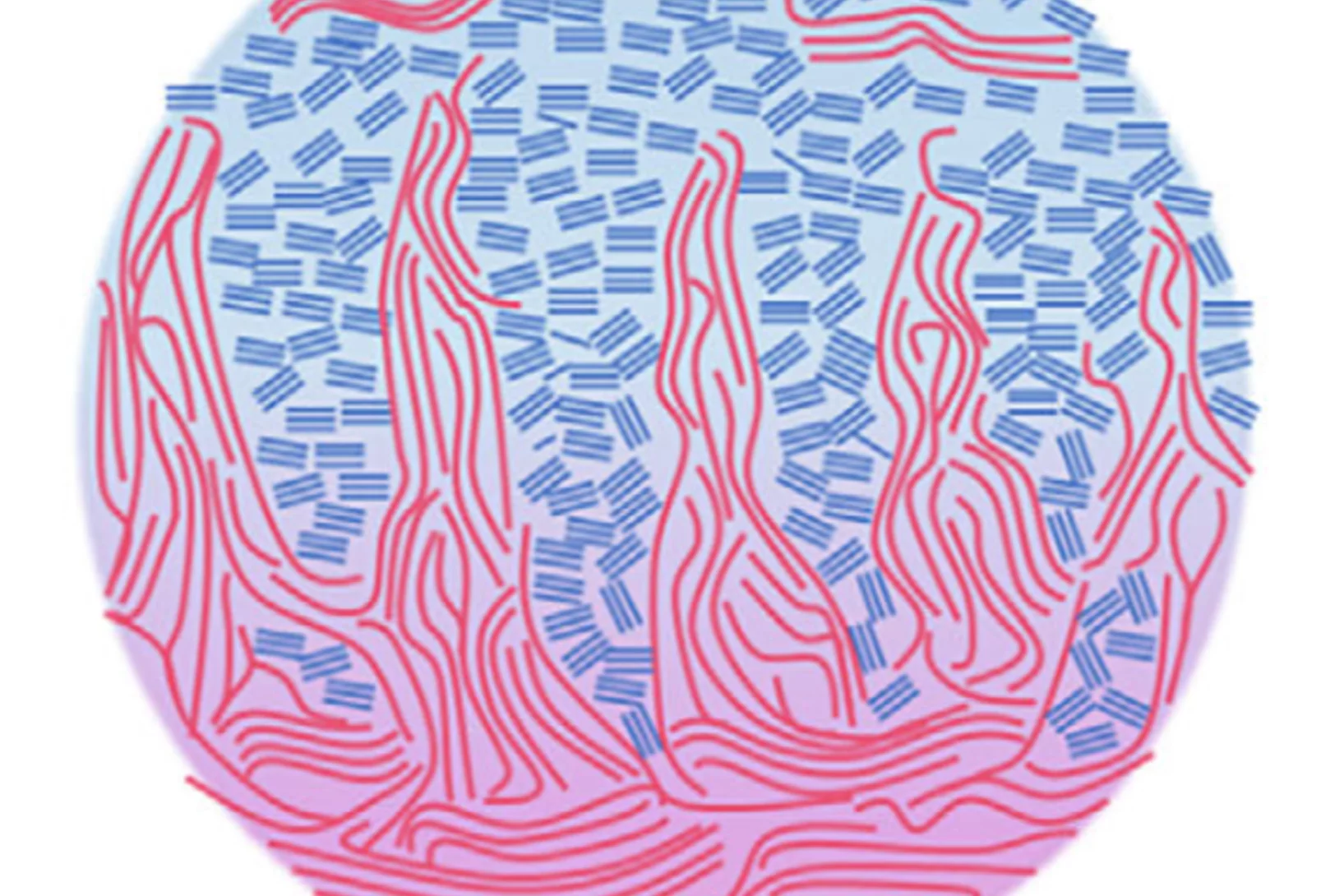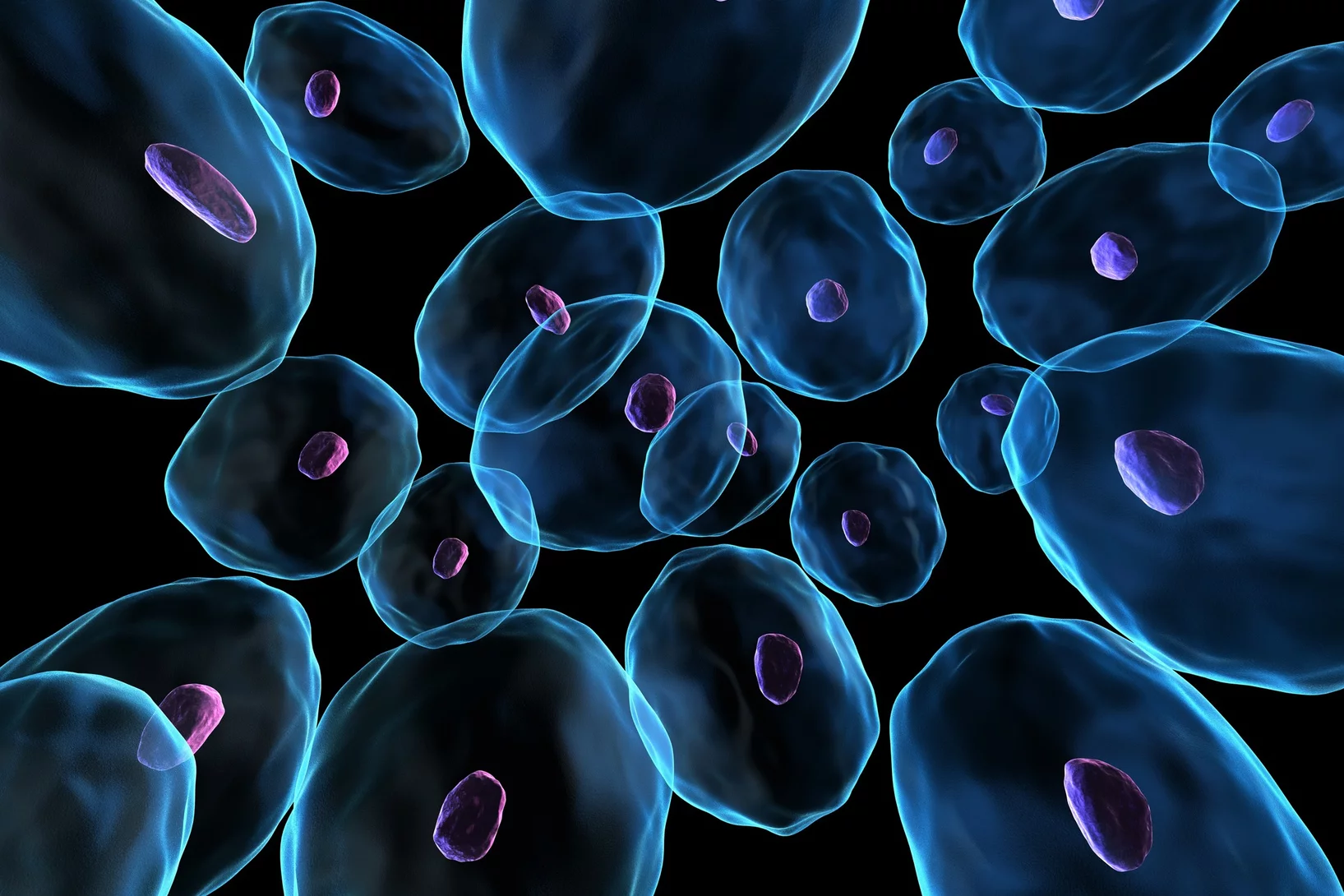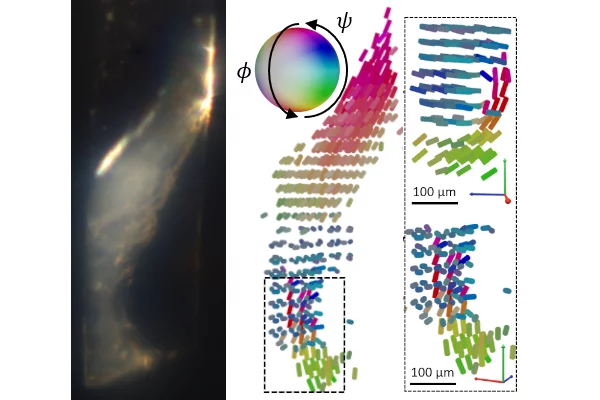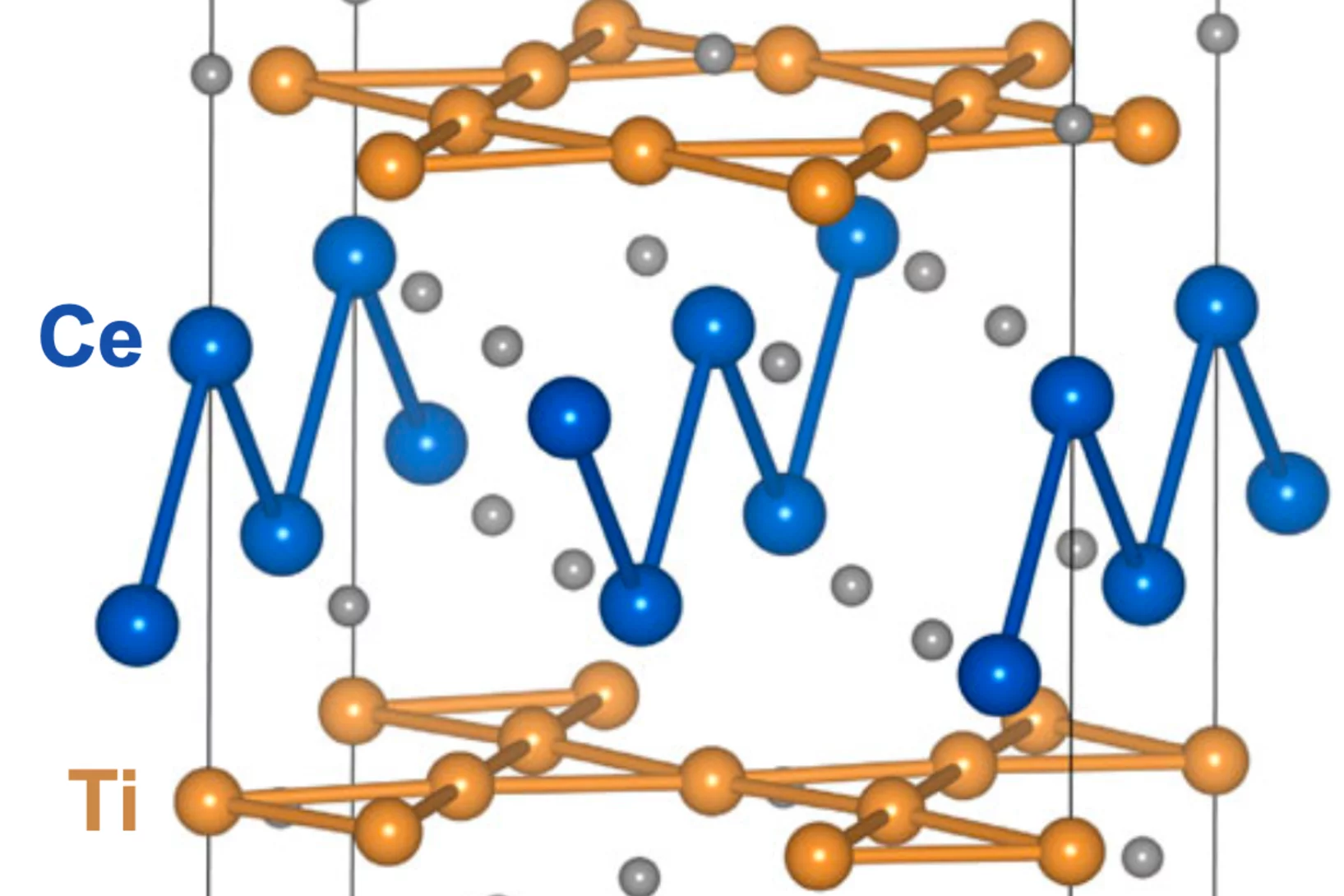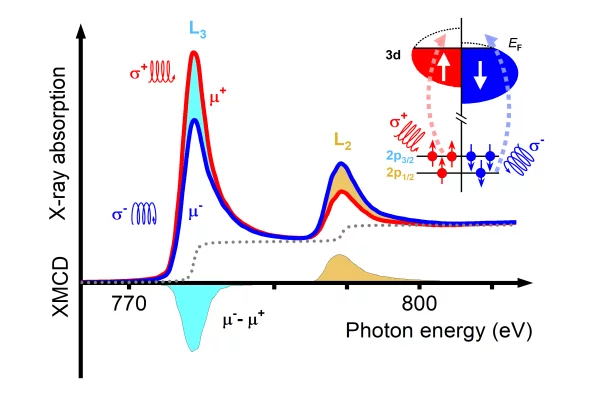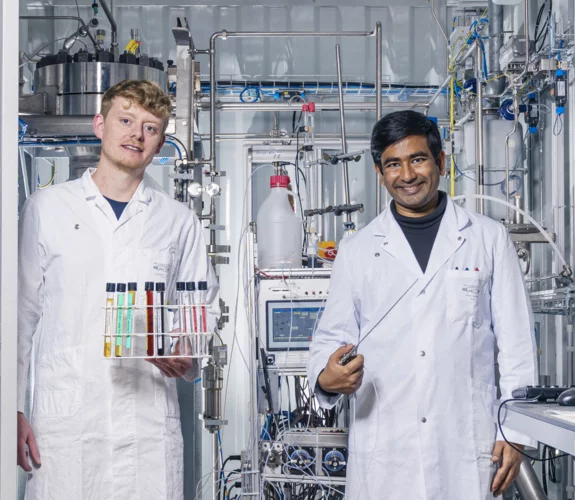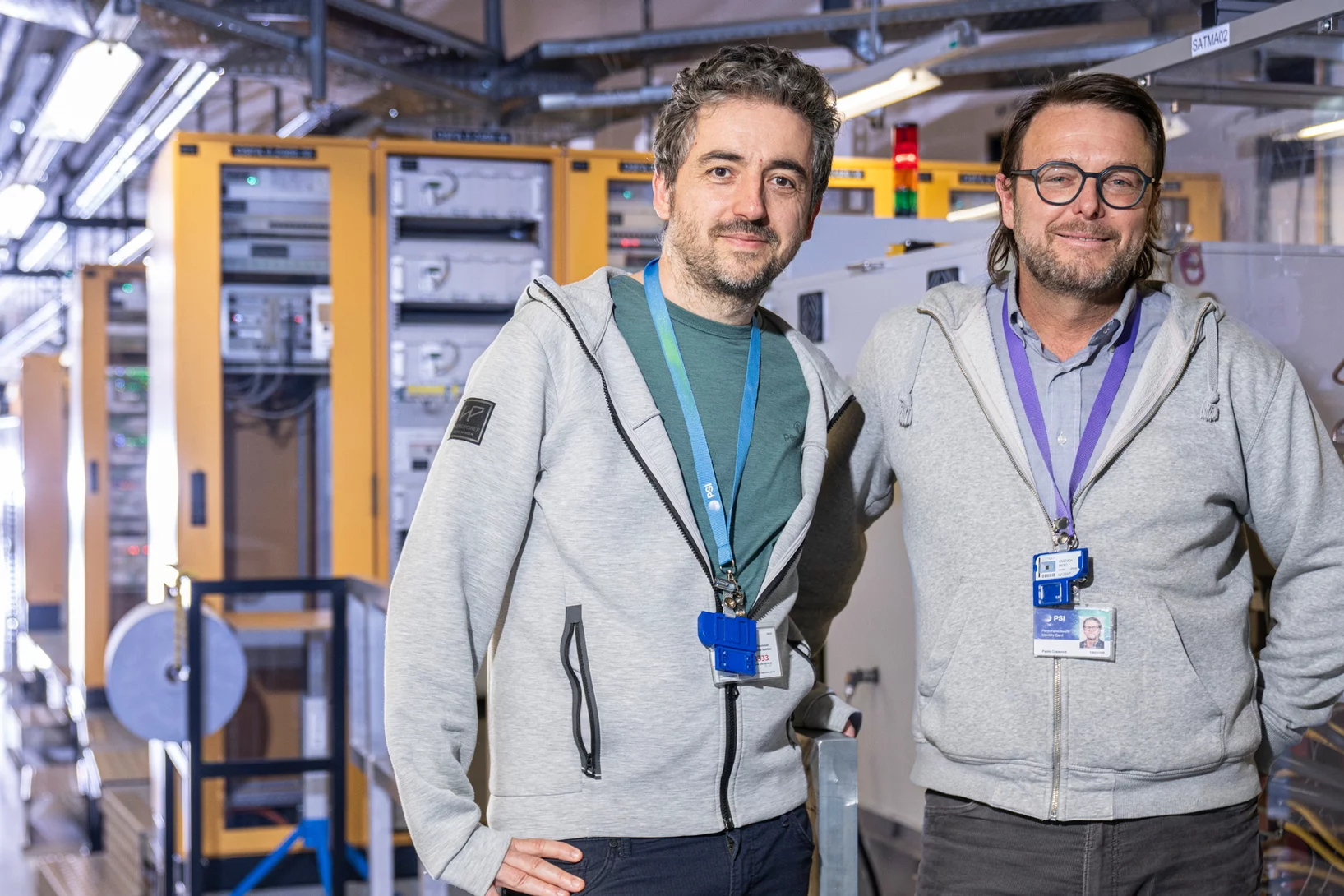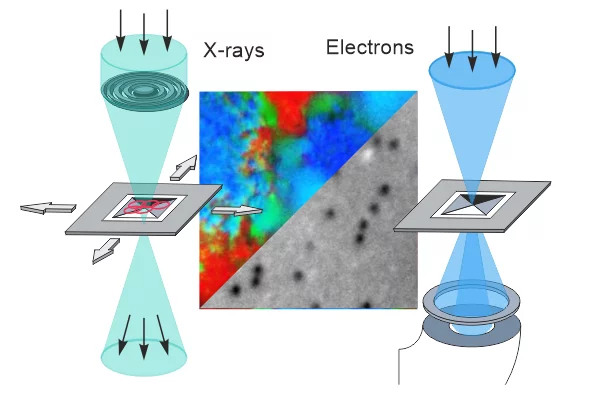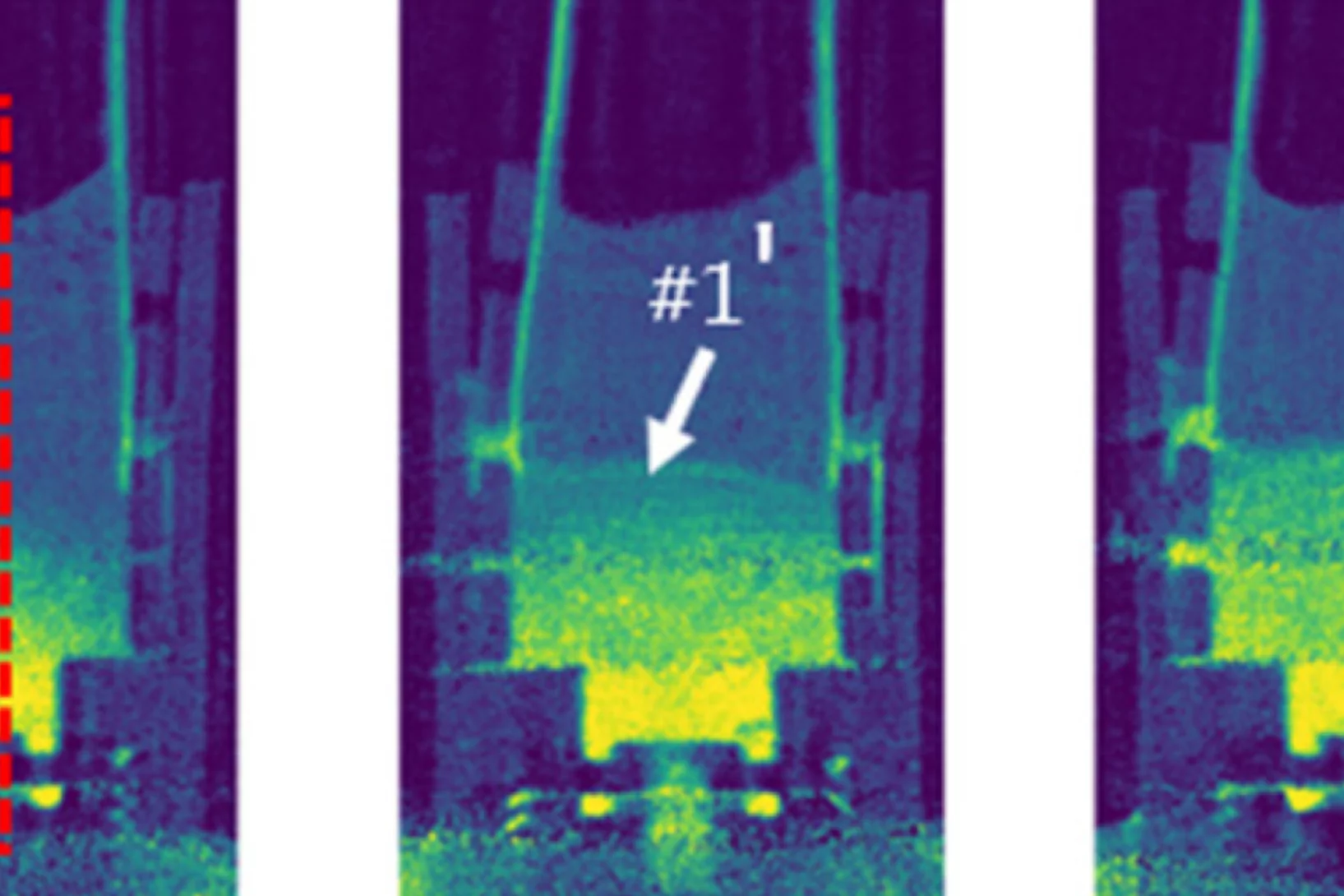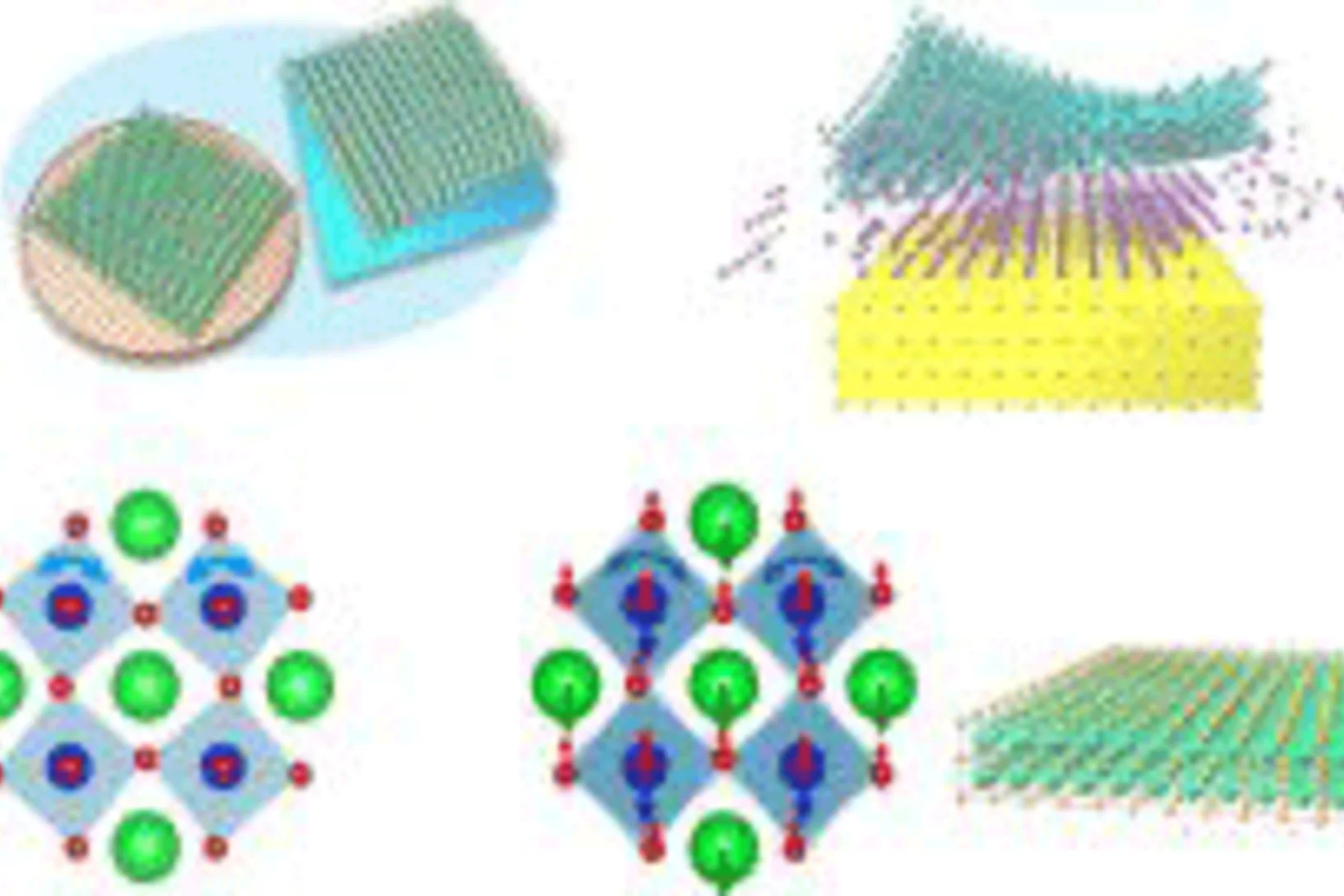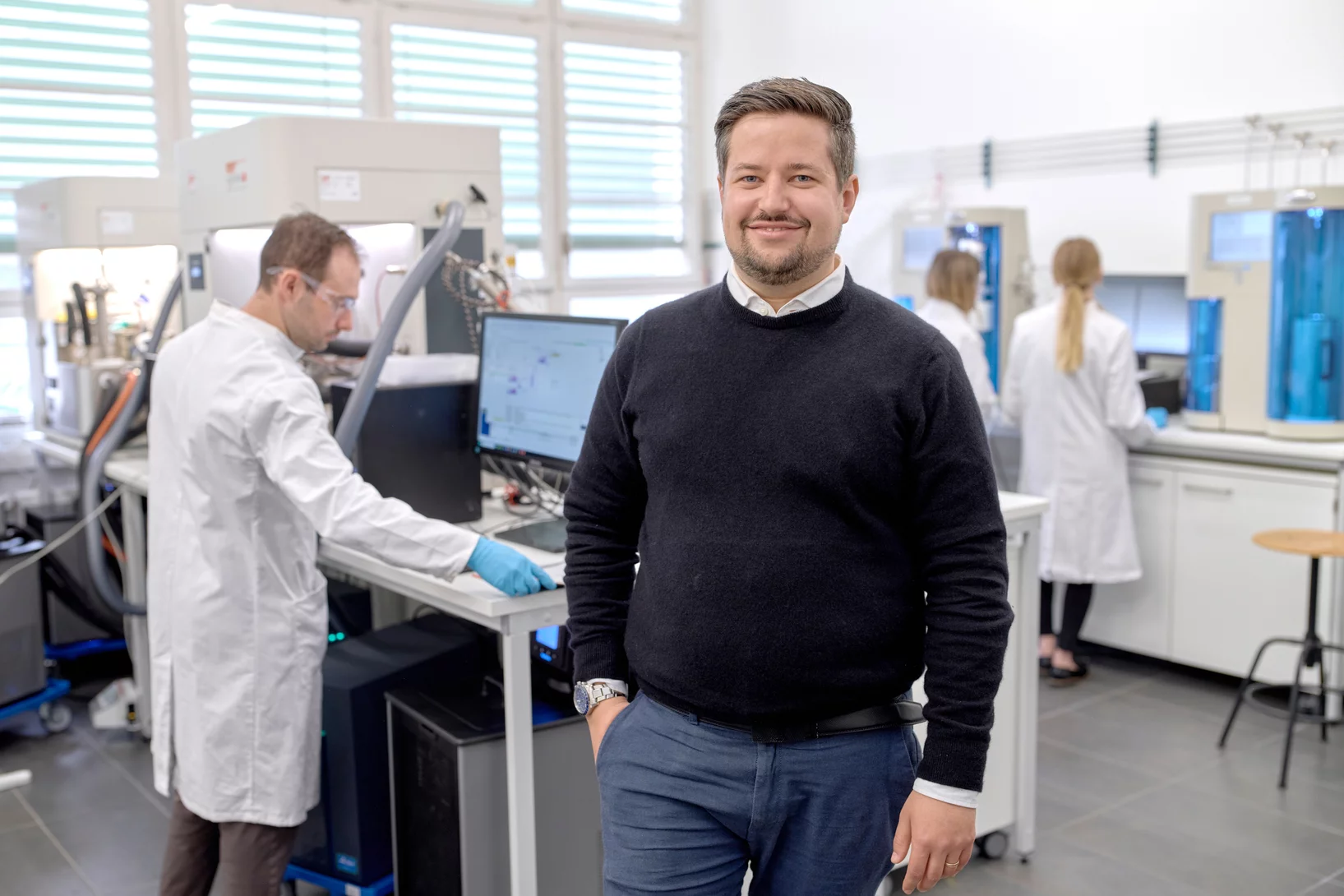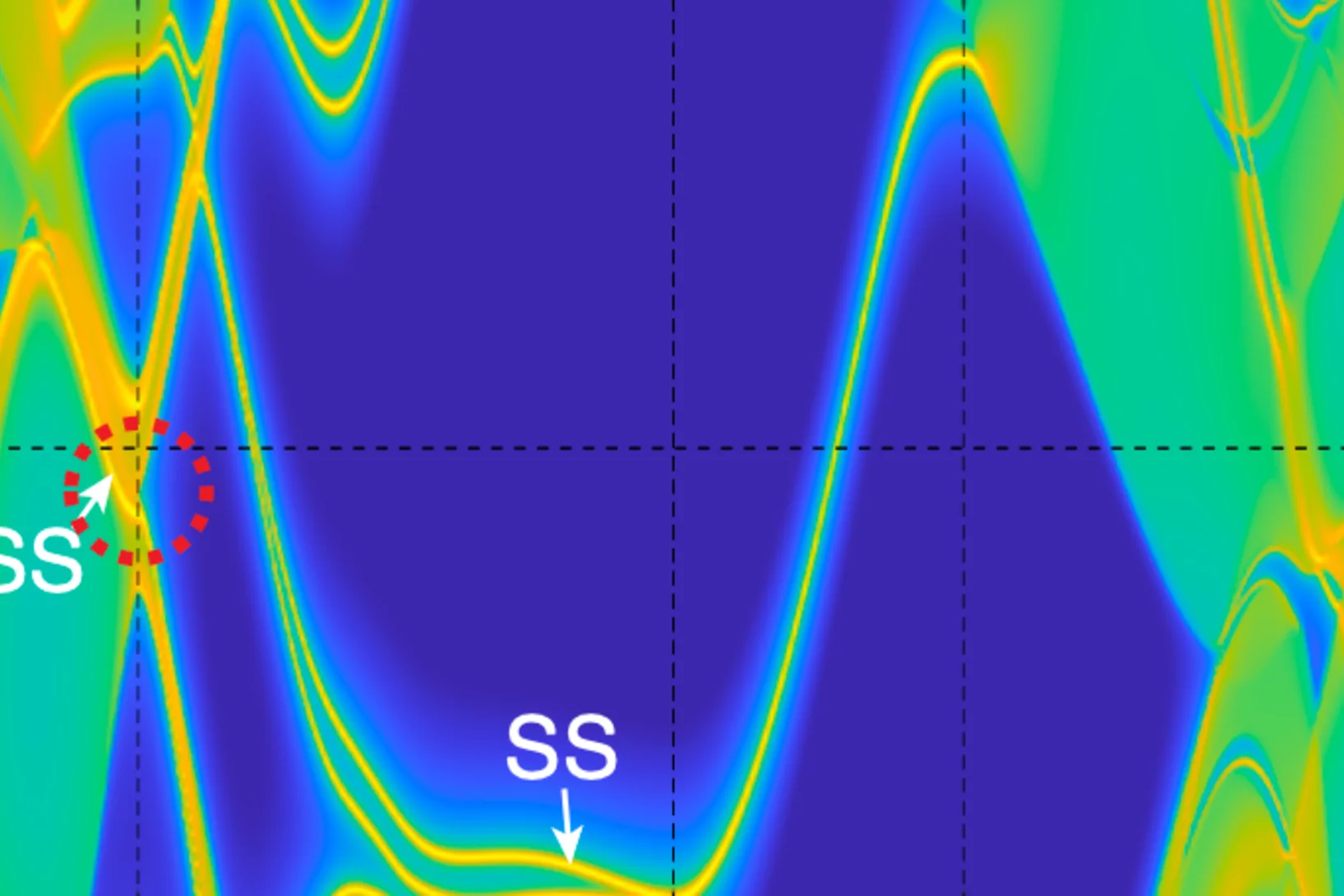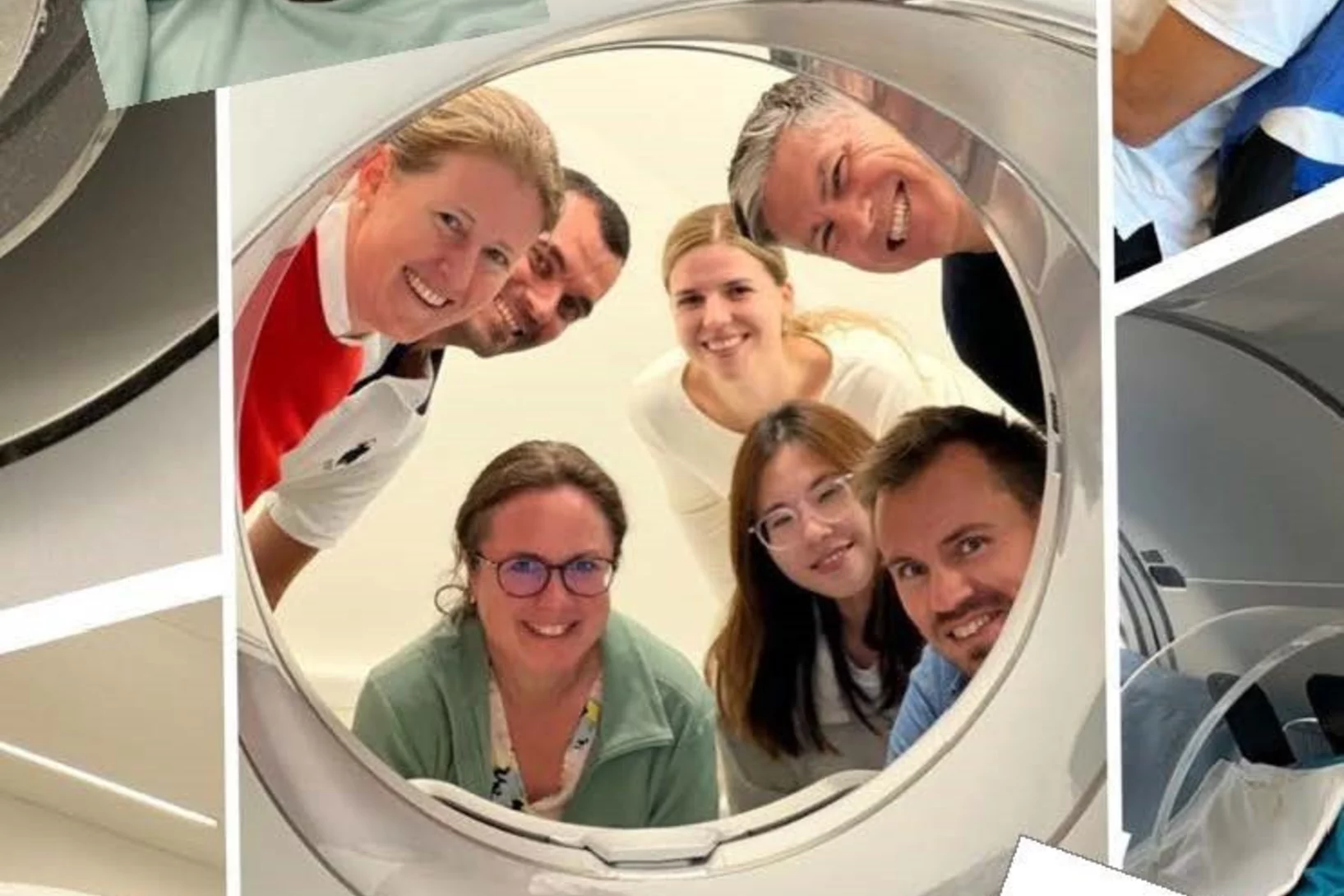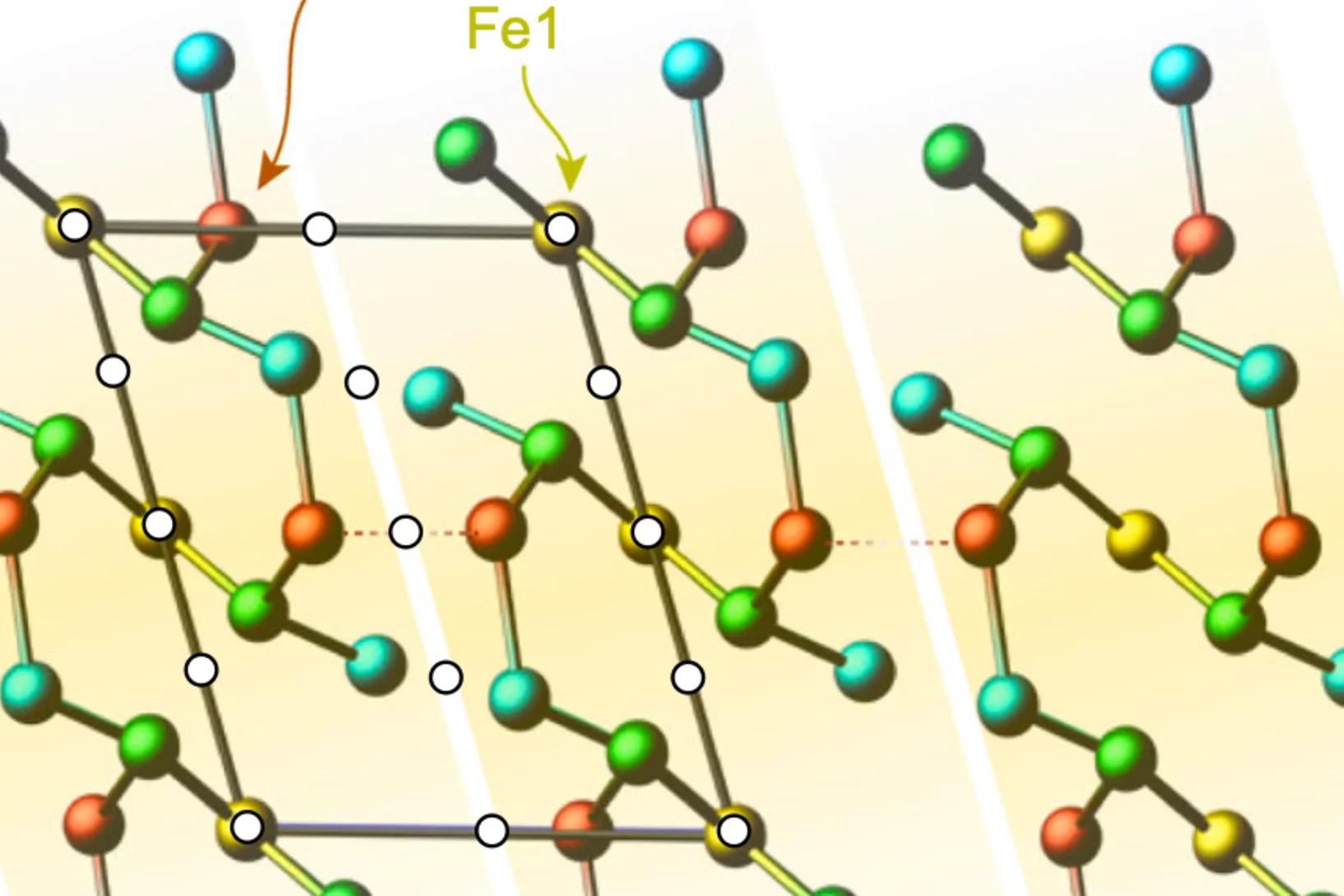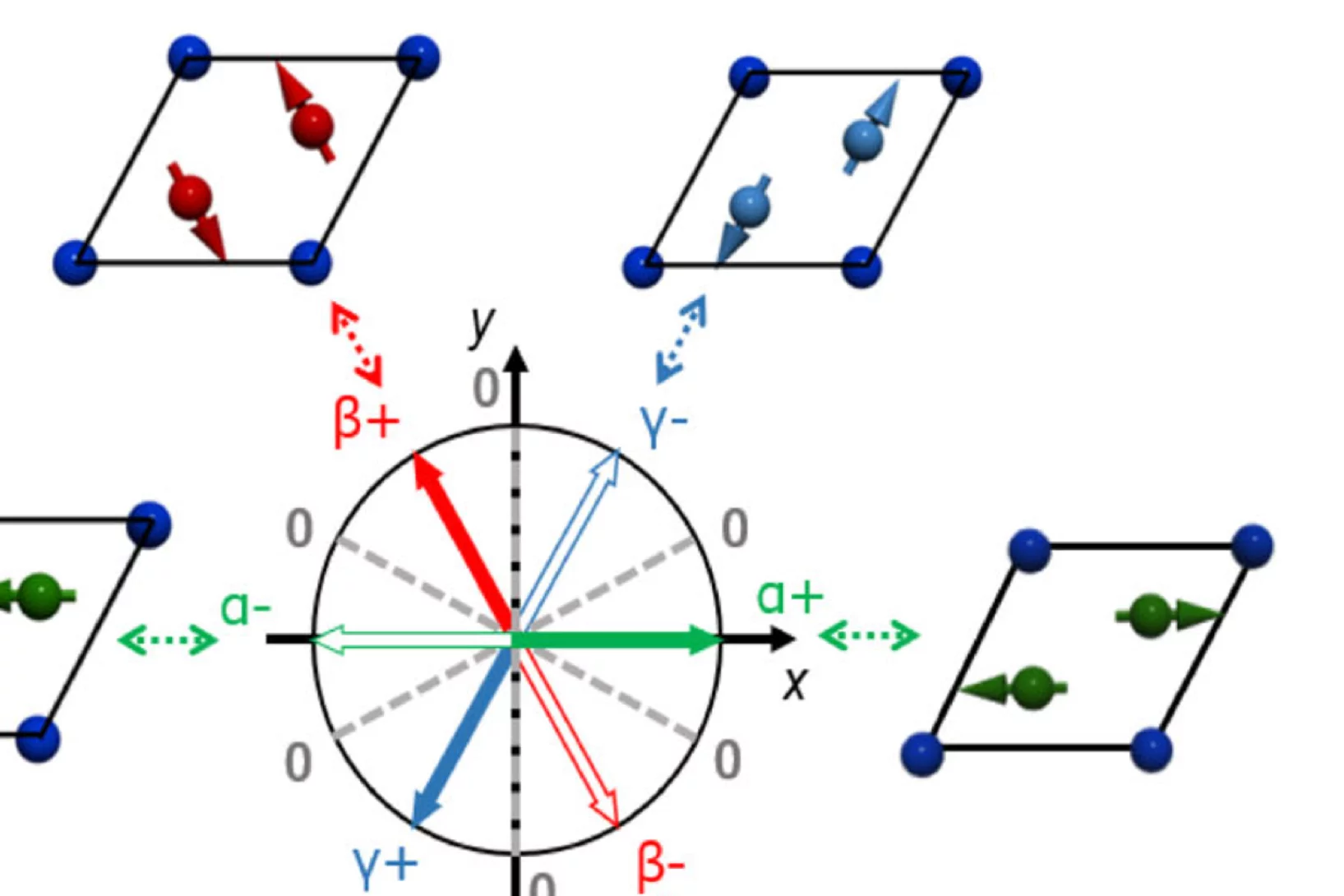Conseil en technologie de pointe
Stephanie Smit, ancienne doctorante au PSI, travaille comme ingénieur-conseil en propriété industrielle pour une société qui compte parmi les plus importantes au monde. Celle-ci construit en effet des machines qui valent une fortune et sont très recherchées.
Congratulations to Sonali for winning the ACM student research competition !
Congratulations to Sonali for winning the ACM student research competition that took place at PASC 2025 in Brugg as part of the SIGHPC ACM SIG conference
Transmutex im PSI Hotlabor
Transmutex entwickelt Hard- und Software für einen beschleunigergetriebenen Reaktor, der langlebige Transurane und Spaltprodukte aus dem klassischen Uranzyklus für die Stromerzeugung umwandeln kann.
Dadurch werden Vorteile wie eine Reduzierung des Atommüllvolumens um mehr als das Sechsfache und eine Verkürzung der HAW-Lebensdauer auf << 1000 Jahre erzielt.
Das Brüten von U-233 in Th-Brennstoff im Reaktor verbindet das Design von Transmutex mit bestehenden, kommerziellen PHWR- und LWR-Reaktoren, indem es Brennstoff und spaltbares Material für deren weiteren Betrieb liefert.
Im PSI-Hotlabor entwickelt Transmutex die Herstellung poröser Metall-Pellets mit dem Ziel, experimentelle Th-Pellets für weitere Untersuchungen unter Nutzung der Forschungskapazitäten des PSI und des Hotlabors herzustellen. Das neue Design vereint die Vorteile von metallischem Brennstoff wie hohe Spaltbarkeit, einfache Herstellung und vieles mehr während es gleichzeitig klassische Probleme von kompaktem metallischem Brennstoff im Zusammenhang mit der Ansammlung von Spaltgas mindert.
Erfolgreich hergestellte Test-Pellets aus inaktiven Analogmaterialien belegen die Machbarkeit des Designs.
Interfacial Phase Formation in 316L–CuCrZr Hybrids
In-situ X-ray diffraction reveals how phase separation and fluid flow shape microstructure in laser-welded multi-material metal builds.
Sarbajit Banerjee wins Royal Society of Chemistry’s Centenary Prize
ETH Zürich and the Paul Scherrer Institut PSI scientist Professor Sarbajit Banerjee has been named winner of the Royal Society of Chemistry’s Centenary Prize in recognition of brilliance in research and innovation.
La recherche du PSI dans le musée le plus visité de Suisse
Rendre la recherche énergétique tangible: Le Musée des transports a créé une plate-forme pour encourager le dialogue politique et social autour des thématiques énergétiques.
Phase by Phase: How Stainless Steel and IN625 Solidify Together
Where steel meets superalloy: real-time X-ray snapshots reveal how composition and cooling shape metal during 3D printing
Avec l’IA vers du ciment vert
Des scientifiques au PSI exploitent l’intelligence artificielle pour développer des formules de ciment qui ménagent l’environnement.
Financement prestigieux pour des réseaux photoniques
Kirsten Moselund, chercheuse au PSI, s’est vu attribuer une importante subvention de recherche par le Conseil européen de la recherche (CER).
Steering magnetic textures with electric fields
Neutrons reveal a new way to control magnetism at the nanoscale
Understanding and Addressing the Performance Asymmetry Issue in Semitransparent Laminated Organic Photovoltaic Devices
Organic photovoltaics (OPVs) offer a promising solution for indoor energy harvesting. However, fundamental investigations to understand and optimize industrial processes such as roll-to-roll lamination for upscaling remain limited. This study investigates a critical failure mode in the upscaling of OPVs.
One major challenge ...
Stabilising fleeting quantum states with light
X-rays from SwissFEL probe emergent properties of quantum materials
Gold nanoparticle dynamics on graphene probed by convergent beam electron diffraction.
Dynamics of single Au nanoparticles on graphene were probed simultaneously in real- and diffraction space by time-series convergent beam electron diffraction.
Quand la science rencontre l’industrie, l’innovation a de l’impact
Hans Priem et Cees Maris de l’entreprise VDL ETG nous expliquent ce que signifie la fabrication avancée dans l’industrie et évoquent la collaboration avec le PSI.
Absence of Altermagnetic Magnon Band Splitting in MnF2
Altermagnets are collinear compensated magnets in which the magnetic sublattices are related by rotation rather than translation or inversion. One of the quintessential properties of altermagnets is the presence of split chiral magnon modes. Recently, such modes have been predicted in MnF2.
Here, we report inelastic neutron scattering results ...
Du terbium contre le lymphome
Des expériences de laboratoires prometteuses menées au PSI montrent qu’une thérapie par radionucléide avec l’élément radioactif terbium-161 pourrait s’avérer efficace contre le lymphome.
Pressure effect on the spin density wave transition in La2PrNi2O6.96
High-pressure studies reveal a stark contrast between the superconducting properties of double-layer Ruddlesden-Popper (RP) nickelates La2PrNi2O7 and La3Ni2O7. While La2PrNi2O7 exhibits bulk superconductivity, La3Ni2O7 displays filamentary behavior, suggesting that superconductivity is confined to phase interfaces rather than the bulk. Since magnetism emerges ...
Inauguration du centre d’excellence de l’ESA en Suisse
L’inauguration solennelle du Centre européen d’innovation en deep tech spatiale (ESDI) a réuni des invités de haut vol.
Décrypter les radiations
Les radiations vues du ciel: un détecteur sensible et un algorithme intelligent rendent visible le rayonnement radioactif.
Nouveaux jalons en physique nucléaire
Des scientifiques du PSI mesurent le rayon du noyau de l’hélium-3 muonique avec une précision inégalée à ce jour et mettent à l’épreuve les théories de la physique atomique.
Research Software Engineering (RSE) Movement at PSI
The online information event on the “Research Software Engineering (RSE) Movement” at PSI on Wednesday 7th May, 2025 was a quite success with an unexpected high number of 100+ participants!
Swiss DeepTech CVC Day 2025 : un grand succès.
Le 21 mai 2025, le Swiss DeepTech CVC Day a eu lieu au Switzerland Innovation Park Innovaare – un événement majeur qui a réuni des représentants de premier plan du secteur du Corporate Venture Capital (CVC) ainsi que des start-ups innovantes de DeepTech en Suisse.
Plus rapide, précise et fiable: la production et son avenir
Le terme de fabrication avancée désigne des méthodes de fabrication ultramodernes. Les scientifiques du PSI améliorent la fiabilité de ces technologies, comme l’impression 3D, et continuent de faire progresser la miniaturisation de puces à haute performance.
Pressure tuning of competing interactions on a honeycomb lattice
Exchange interactions are mediated via orbital overlaps across chemical bonds. Thus, modifying the bond angles by physical pressure or strain can tune the relative strength of competing interactions. Here we present a remarkable case of such tuning between the Heisenberg (J) and Kitaev (K) exchange, which respectively establish magnetically ordered and spin liquid phases on a honeycomb lattice. We observe ...
From coral berries to new therapies: uncovering the molecular glue mechanism of natural compounds
Researchers at the Center for Life Sciences and the Center for Scientific Computing, Theory, and Data at the Paul Scherrer Institute have identified the mechanism by which certain natural compounds interfere with cellular signaling. These ‘molecular glues’ have a therapeutic potential for the treatment of specific cancer types. Their latest study on this topic has been published in the journal Proceedings of the National Academy of Sciences of the United States of America.
Dr. Yingfang He has been honored with the Alavi-Mandell Award 2025
We congratulate Dr. Yingfang He for the excellent research work she did during her time at the Center for Radiopharmaceutical Sciences.
Correcting quantum errors with neutral-atom architectures
Wenchao Xu talks about the benefits and challenges of building quantum computers from neutral atoms.
L’aluminium devient visible
Des scientifiques du PSI ont réussi une première: déterminer précisément la position des atomes d’aluminium dans des zéolithes, qui font de ces matériaux des catalyseurs si performants.
Tailoring the Normal and Superconducting State Properties of Ternary Scandium Tellurides, Sc6MTe2 (M = Fe, Ru, and Ir) Through Chemical Substitution
The pursuit of a unifying theory for non-BCS superconductivity has faced significant challenges. One approach to overcome such challenges is to perform systematic investigations into superconductors containing d-electron metals in order to elucidate their underlying mechanisms. Recently, the Sc6MTe2 (M = d-electron metal) family has emerged as a unique series of isostructural compounds exhibiting superconductivity across a range of 3d, 4d, and 5d electron systems.
In this study, muon spin rotation, neutron diffraction, and magnetization techniques are employed to probe ...
Achieving Uniform Phase Structure for Layer-by-Layer Processed Binary Organic Solar Cells with 20.2% Efficiency
Layer-by-layer (LBL) deposition has become a facile and promising method to fabricate highly efficient organic solar cells (OSCs). However, characterization and optimization of 3D morphology remain a grand challenge for LBL- processed active layers, and their correlation with photovoltaic properties of OSC devices is not clear to date.
Here, to address this issue, ...
Identifier les perturbations génétiques dans les images de cellules grâce à l’IA
Une nouvelle IA détecte les perturbations génétiques dans la chromatine: une approche possible pour le diagnostic et le développement de médicaments.
Nanostructure orientation in 3D with visible light by Tomographic Müller-Polarimetric Microscopy
We developed a new method, tomographic Müller-polarimetric microscopy (TMPM), that allows to retrieve at three-dimensional microscopic resolution the nanoscale structural information of the ultrastructure probed with polarized light in a non-destructive manner using a low cost and experimentally simple optical setup.
Spin density wave and van Hove singularity in the kagome metal CeTi3Bi4
Kagome metals with van Hove singularities near the Fermi level can host intriguing quantum phenomena such as chiral loop currents, electronic nematicity, and unconventional superconductivity. However, to our best knowledge, unconventional magnetic states driven by van Hove singularities–like spin-density waves–have not been observed experimentally in kagome metals. Here, we report ...
Primer on X-ray magnetic circular dichroism
X-ray magnetic circular dichroism (XMCD) is a magneto-optical effect that describes the difference in absorption between left and right circularly polarized X-rays by a magnetized material. It has been widely applied to the study of magnetic systems and of magnetic phenomena and its unique capabilities make it a fundamental tool for the study of novel magnetic phenomena and new materials systems.
Advancing Biogas Quality: Tackling Siloxane Challenges for Smooth Energy Transition
Siloxanes, present in everyday items, can compromise the efficiency and durability of bioenergy systems, even at trace levels. Monitoring and quantifying these impurities are critical for improving biogas quality and expanding its role in renewable energy. However, sampling biogas and storing samples containing siloxanes for analysis remain a significant challenge.
Des scientifiques réalisent une mesure attoseconde record au SwissFEL
Les scientifiques du SwissFEL peuvent mesurer des impulsions de rayons X avec une résolution temporelle de l’ordre de l’attoseconde.
Correlating transmission electron and soft x-ray microscopy to bridge atomic- and mesoscales
Transmission electron and soft x-ray microscopy have contributed significantly to our understanding of phenomena in fields ranging from biology to materials science. In this review, we present recent developments in combining transmission electron and soft x-ray microscopy techniques, including progress in sample environment, and in situ and operando approaches and highlight the unique opportunities offered by fully correlative transmission electron and soft x-ray microscopy.
4D imaging of frost heave and ice lens growth in silt using neutron and x-ray computed tomography
There are substantial changes in soil structure in regions where the soil is freezing. Water movements in the freezing soil introduce level changes beyond what can be expected by the expansion of water when it freezes. The impact of frost heave is seasonal damage to our built environment ...
Antiferrodistortive and ferroeletric phase transitions in freestanding films of SrTiO3
Epitaxially grown thin films are commonly used to strain engineer electronic properties by the choice of a substrate, and therefore do not match bulk properties (leading to properties that deviate from the bulk material). Free standing ultrathin oxide films are expected to preserve the bulk-like properties due to the absence of substrate influence. However, we show that this expectation is not fulfilled with ultrathin free standing SrTiO3, as they get ferroelectric at 80K.
NovoMOF sécurise 4,4 millions CHF pour une technologie prometteuse de capture du CO2
Le spin-off du PSI, novoMOF, a réussi à boucler une levée de fonds et a récolté 4,4 millions CHF. Grâce à ce soutien, l'entreprise va poursuivre le développement et la commercialisation de sa technologie révolutionnaire de capture du CO2.
Une minuscule serrure en or de l’époque romaine
Grâce aux neutrons, David Mannes du PSI a percé le secret d’un fascinant artefact archéologique.
Momentum-resolved fingerprint of Mottness in layer-dimerized Nb3Br8
Crystalline solids can become band insulators due to fully lled bands, or Mott insulators due to strong electronic correlations. While Mott insulators can theoretically occur in systems with an even number of electrons per unit cell, distinguishing them from band insulators experimentally has remained a longstanding challenge.
In this work, we present ...
Superconductivity and a van Hove singularity confined to the surface of a topological semimetal
The interplay between topology and superconductivity generated great interest in condensed matter physics. Here, we unveil an unconventional two-dimensional superconducting state in the Dirac nodal line semimetal ZrAs2 which is exclusively con ned to the top and bottom surfaces within the crystal’s ab plane.
As a remarkable consequence ...
Innovation prometteuse dans le diagnostic du cancer
Que diriez-vous si la médecine moderne était capable de sélectionner plus précisément et rapidement la thérapie anticancéreuse la plus efficace pour chaque patient?
Une promotion ciblée de l'innovation pour la transition énergétique
Comment les innovations naissent-elles et comment peuvent-elles être encouragées de façon ciblée en vue de la transition énergétique? Michael Weinold, chercheur au PSI, a tenté de répondre à cette question en prenant pour exemple les lampes LED.
Emergence of topological Hall effect from a fluctuation-based dynamic origin
The topological nature of the electronic bands or spin structure has direct manifestation in experimentally measured Hall conductivity. The extra topological (or geometrical) component to the Hall effect (THE) usually emerges due to multi-k structures, which inherently possess a finite static scalar spin chirality (SSC). Generating a THE in a single-k structure necessitates the consideration of the dynamical origin of SSC, the real material examples of such cases remain scarce to date.
Water gets in shape for VUV absorption
Nanometre‑thin, free‑flowing liquid sheets now let Swiss Light Source users record pristine VUV absorption spectra of water, and soon any solvent.
Zero-field Hall effect emerging from a non-Fermi liquid in a collinear antiferromagnet V1/3NbS2
Magnetically intercalated transition metal dichalcogenides (TMDs) provide a versatile three-dimensional (3D) material platform to explore quantum phenomena and functionalities that emerge from an intricate interplay among magnetism, band structure, and electronic correlations.

